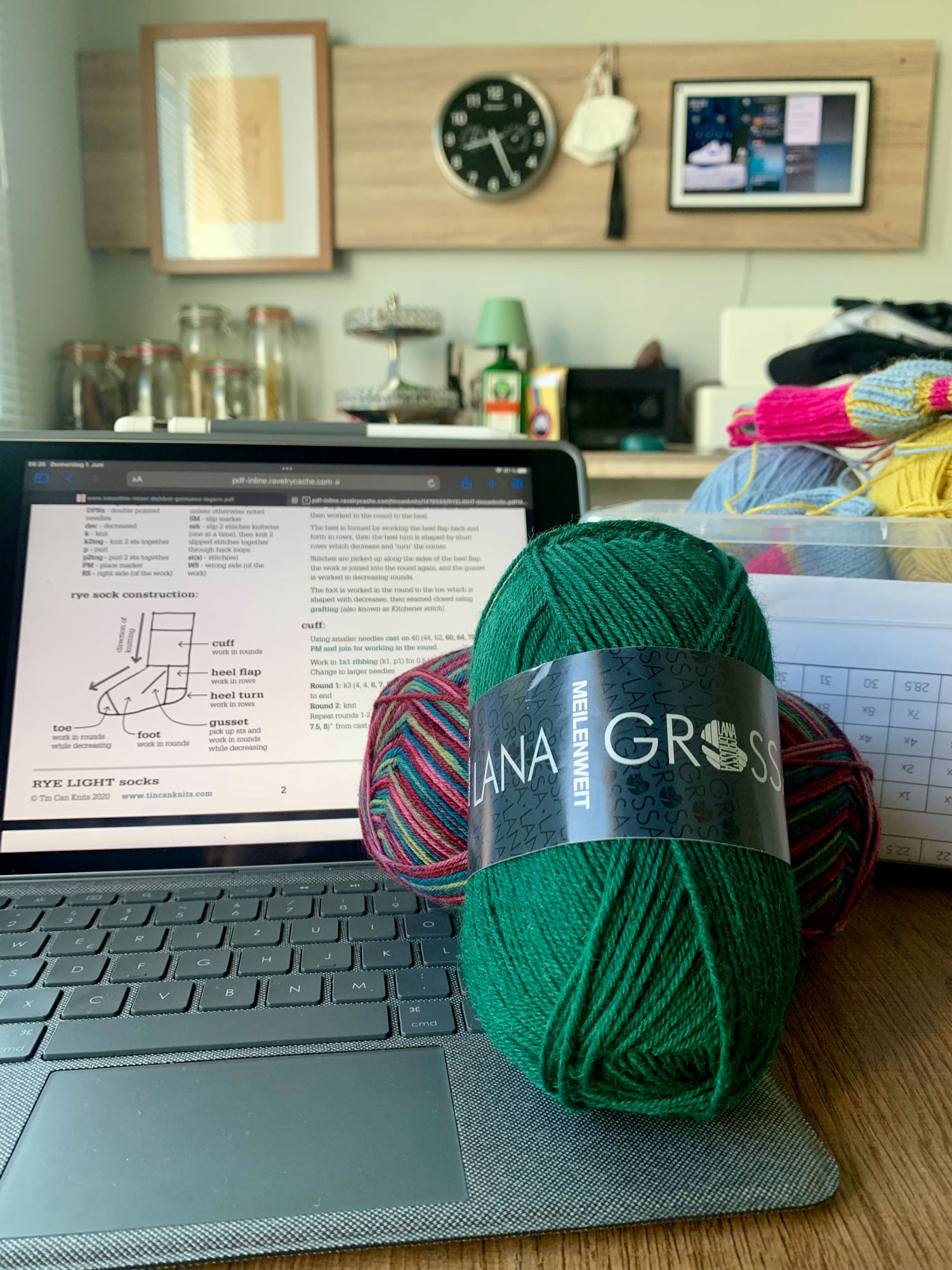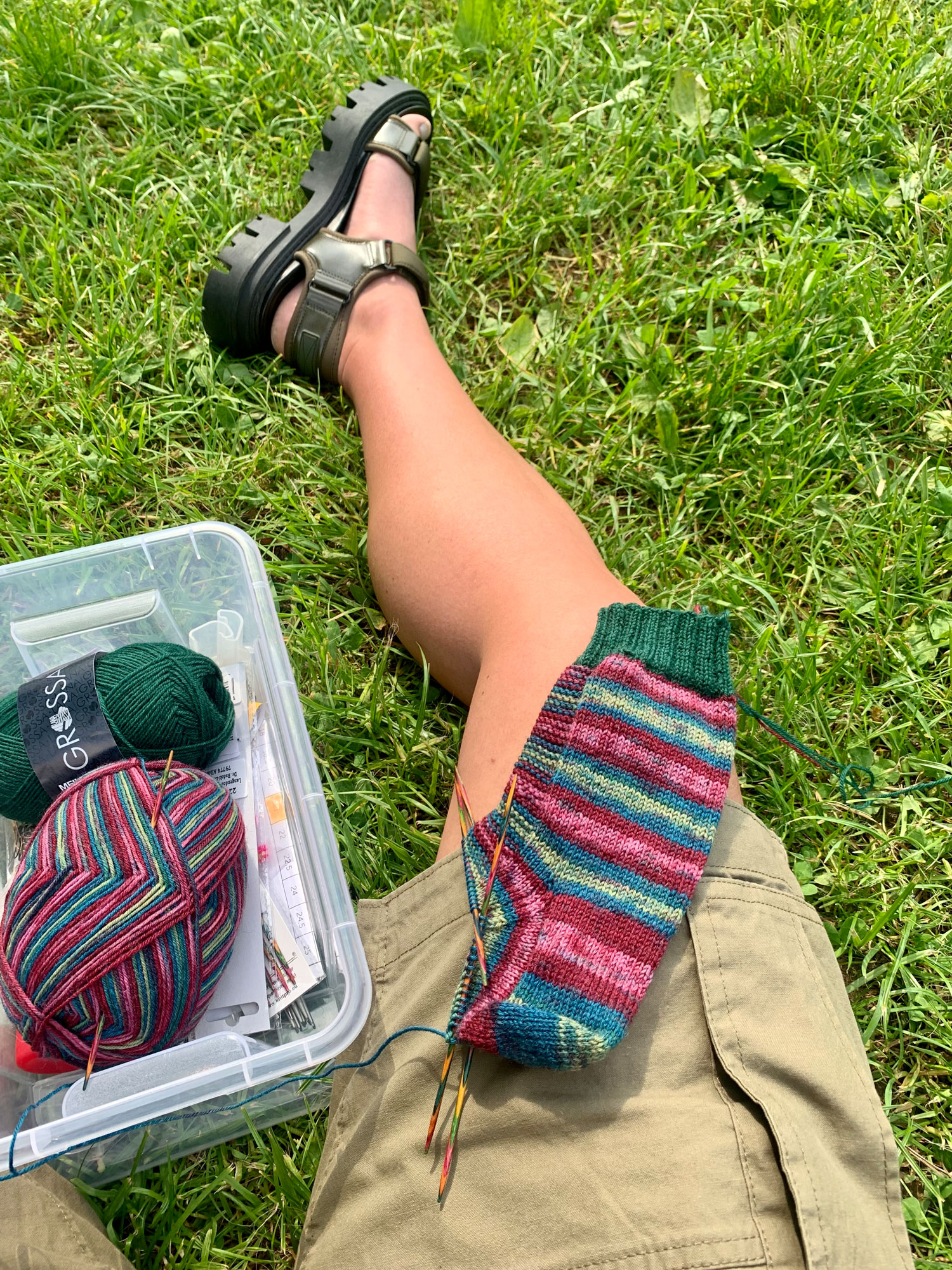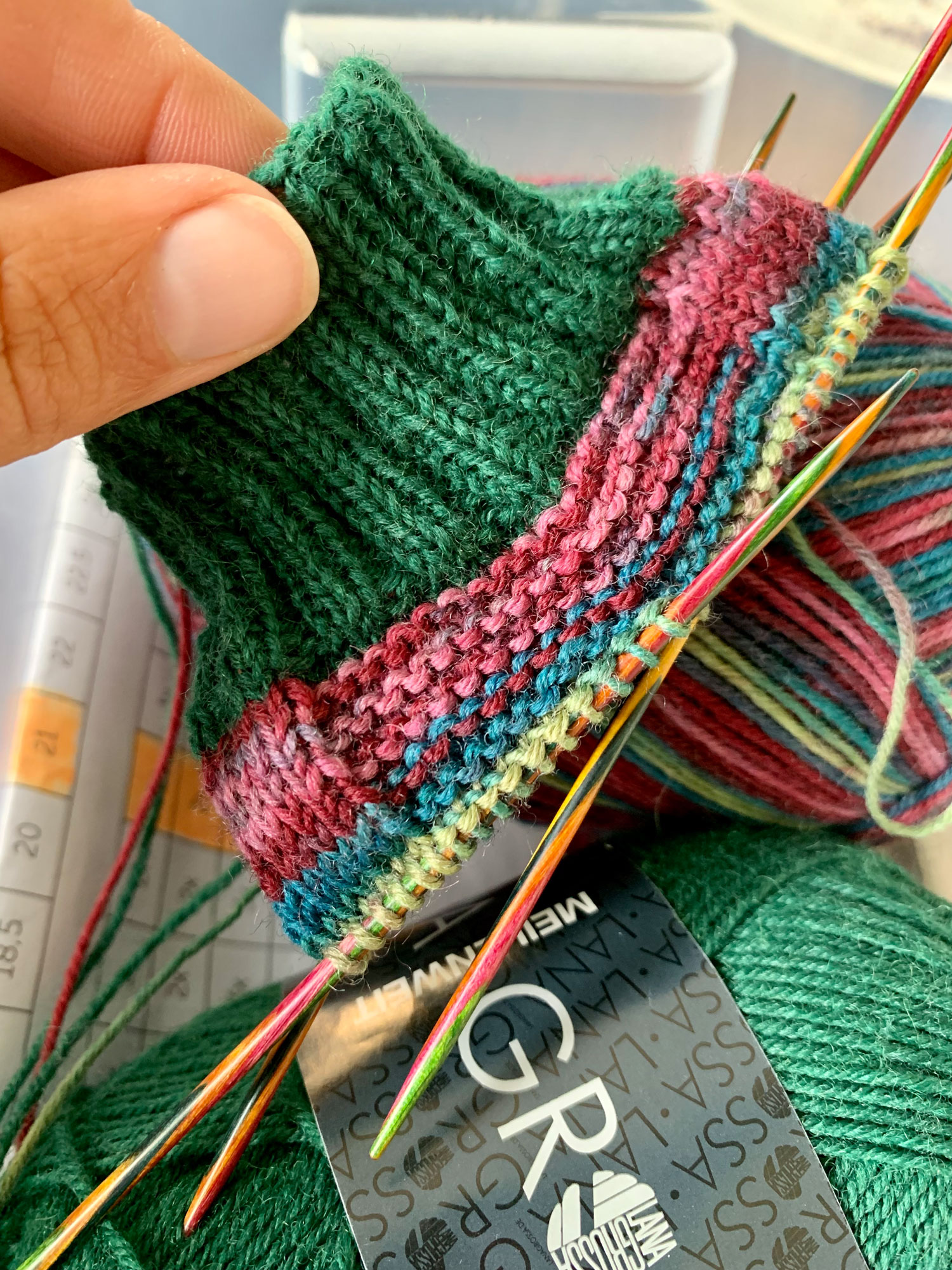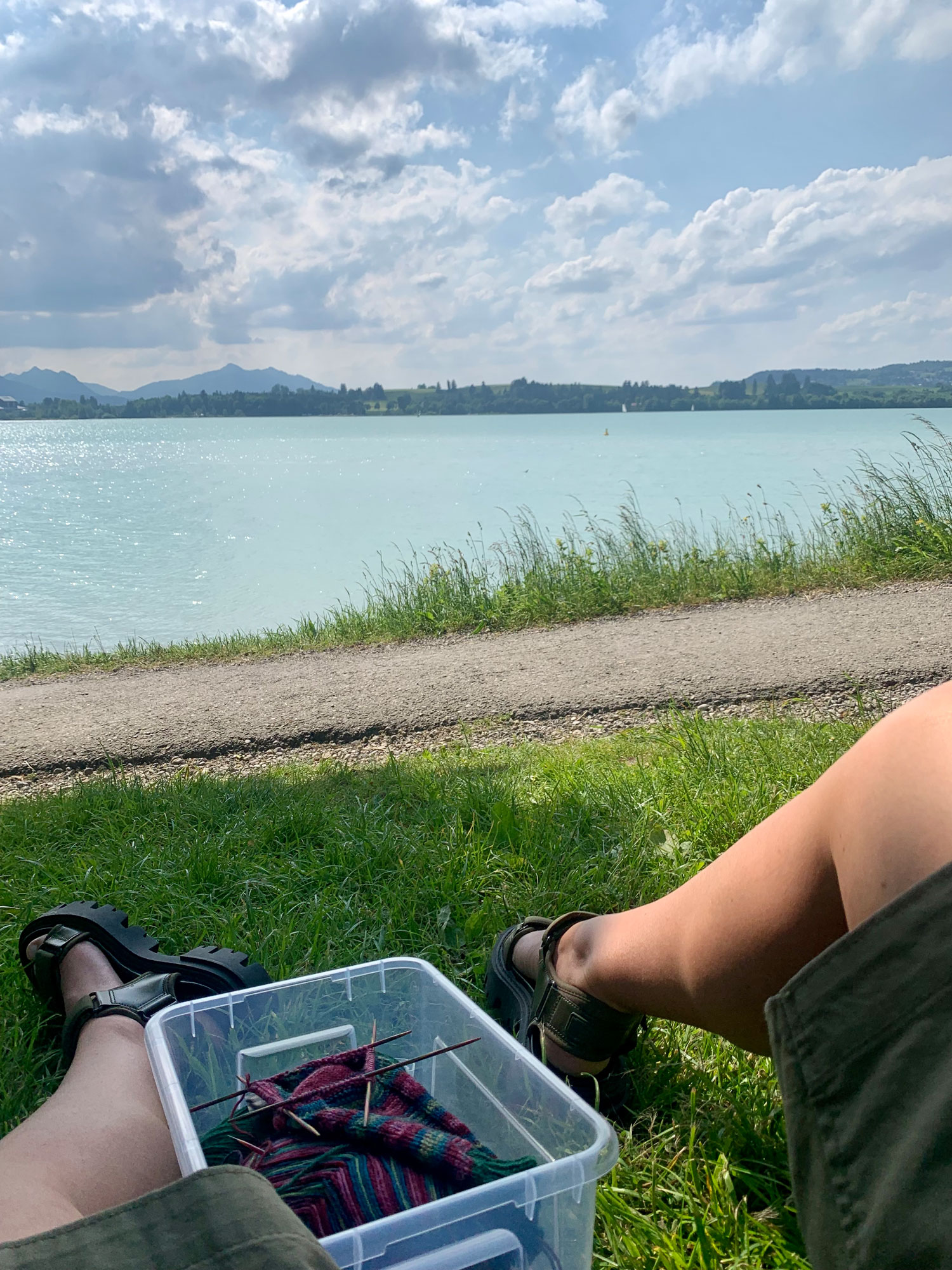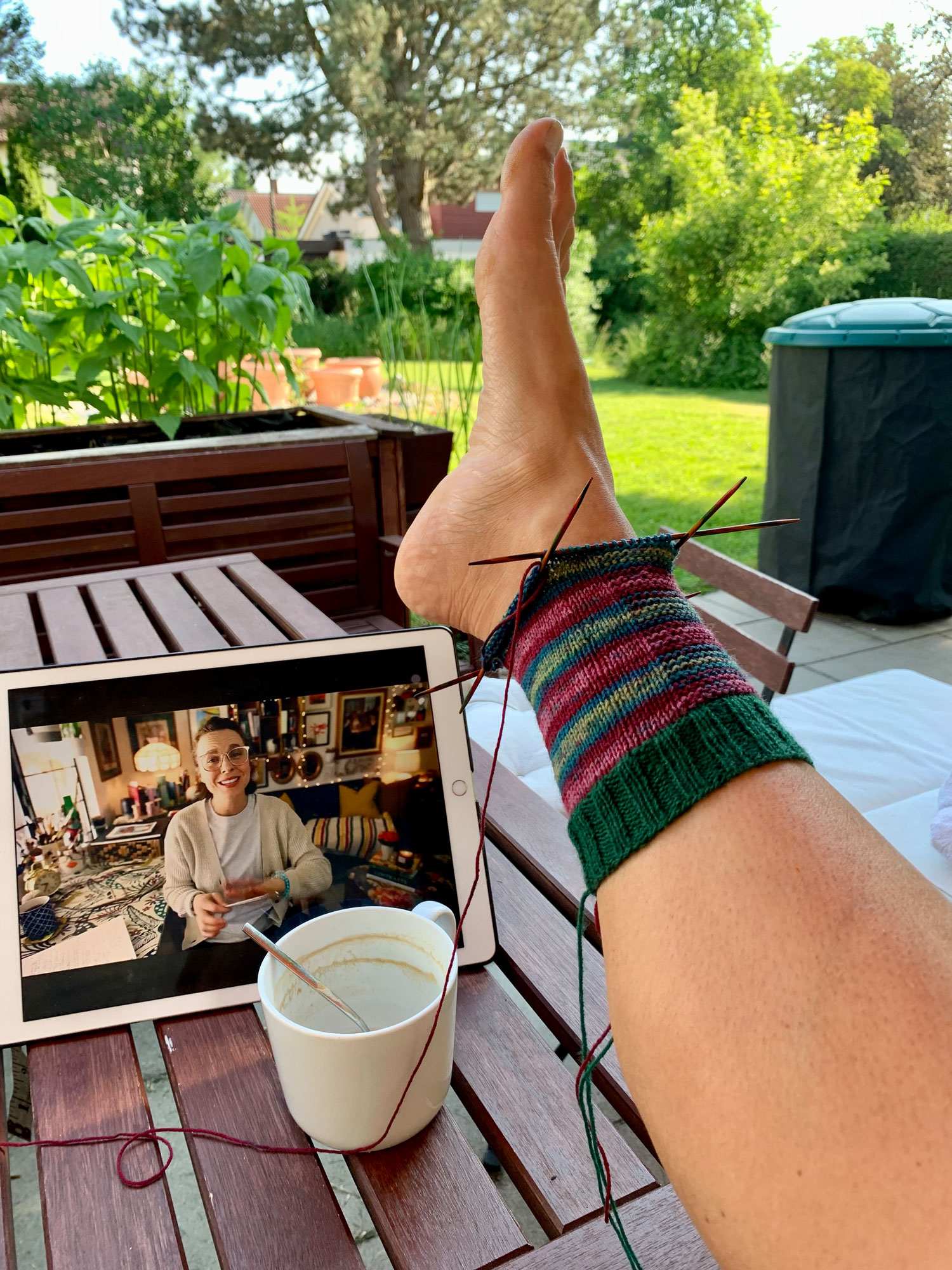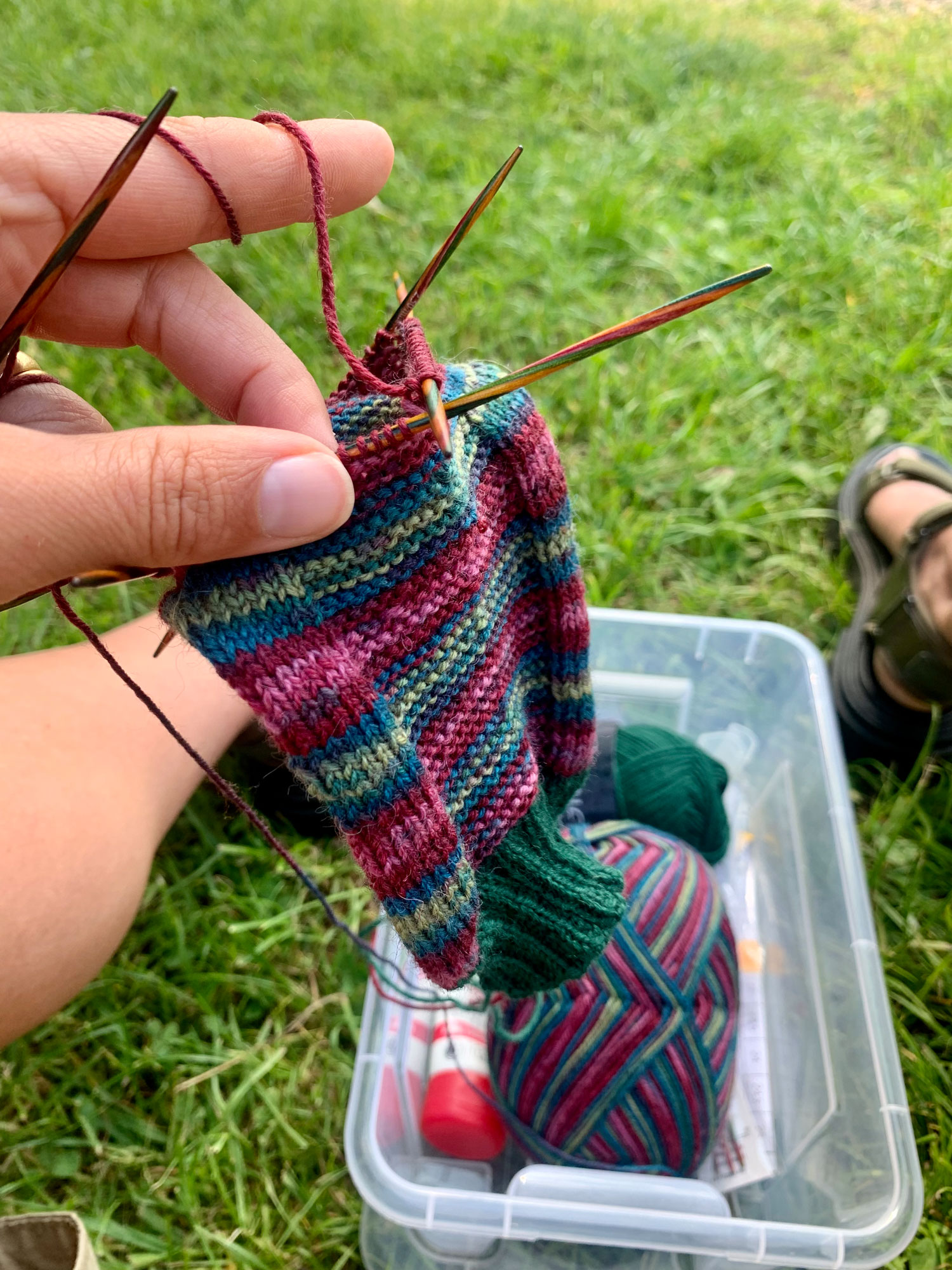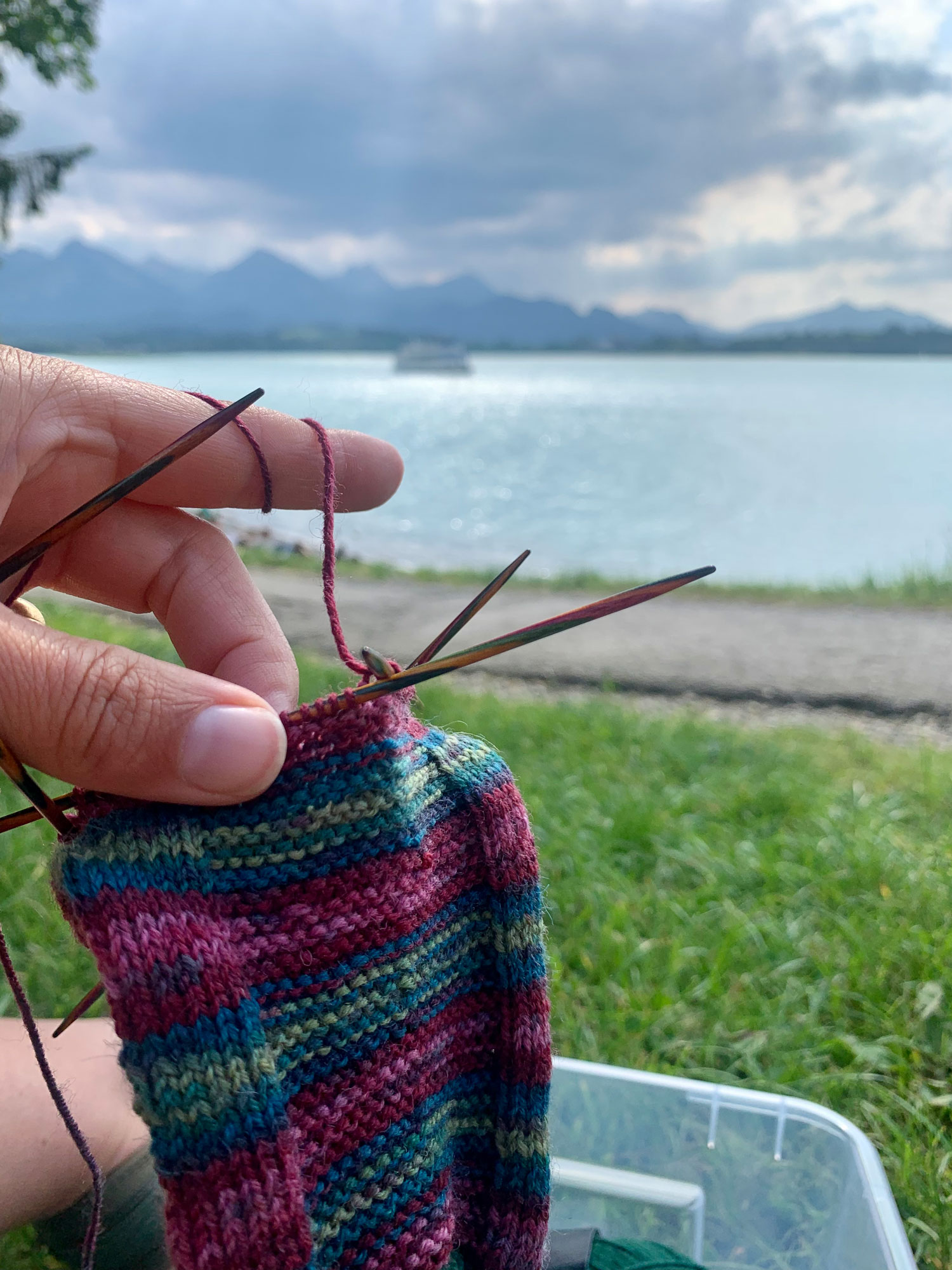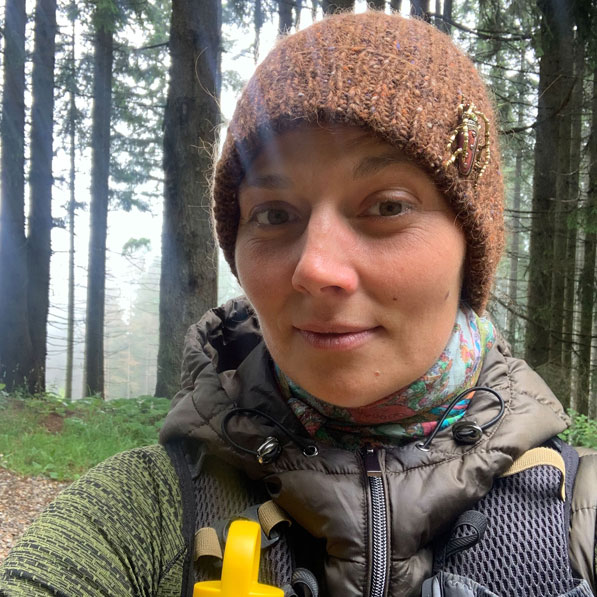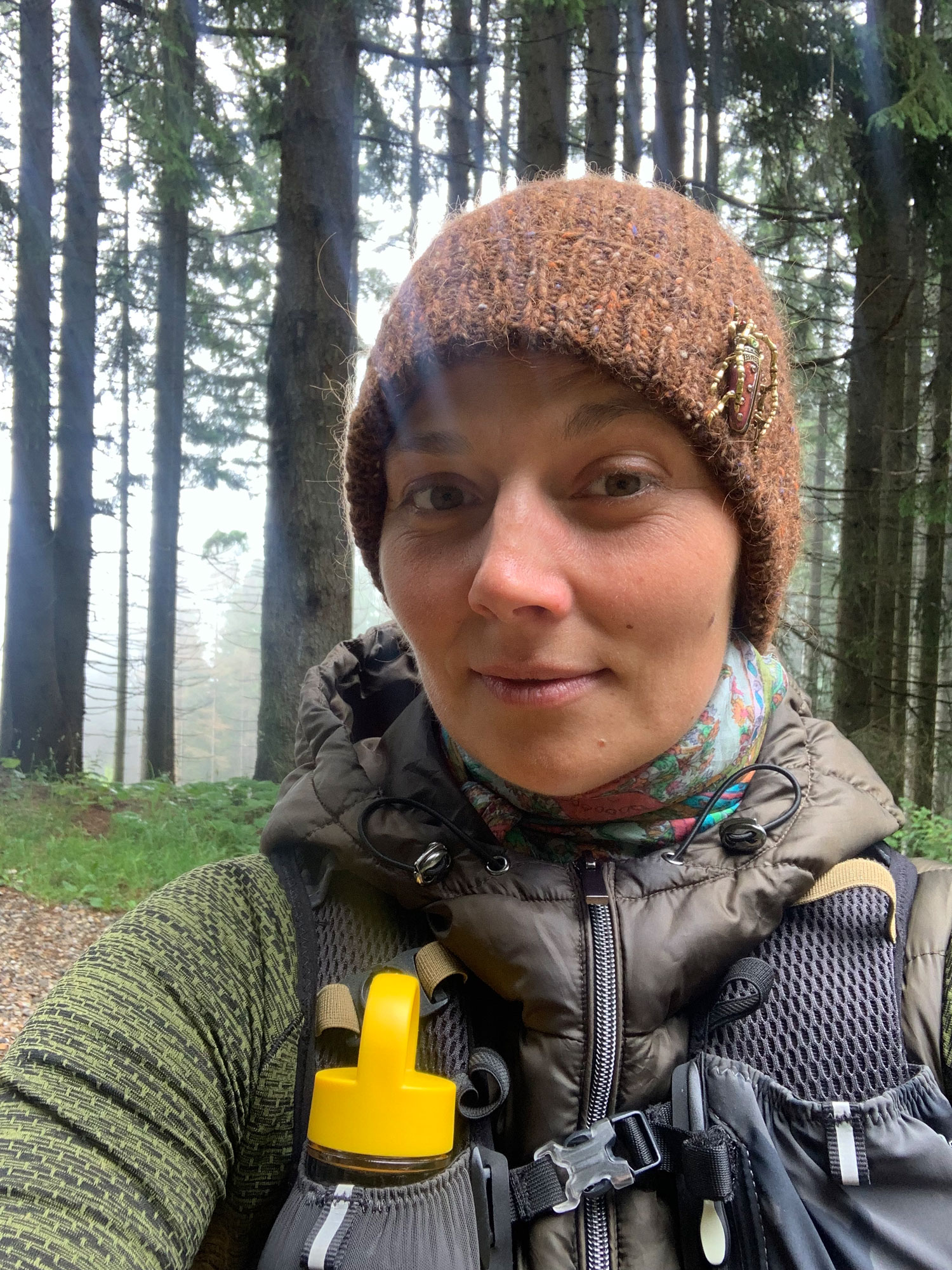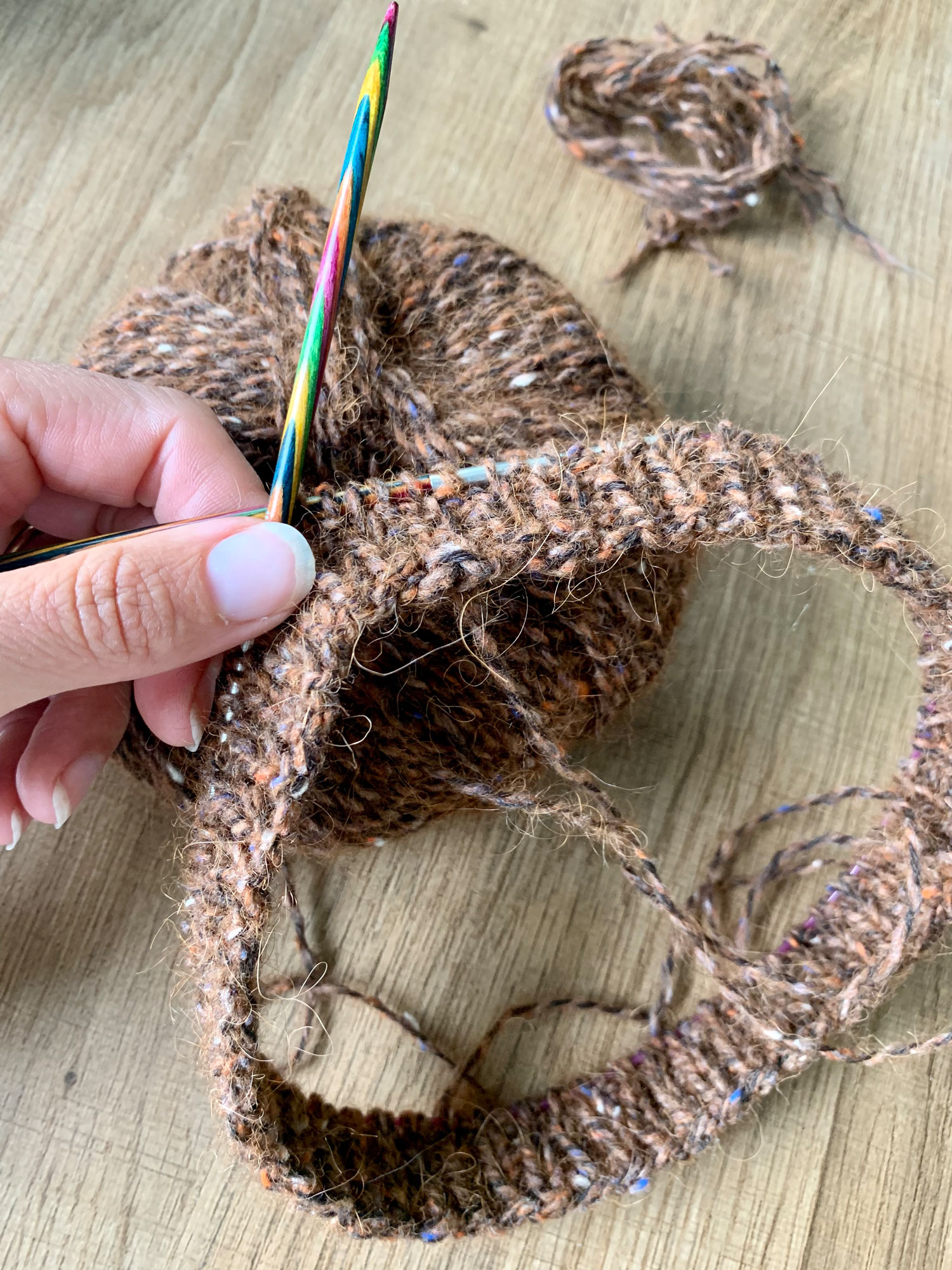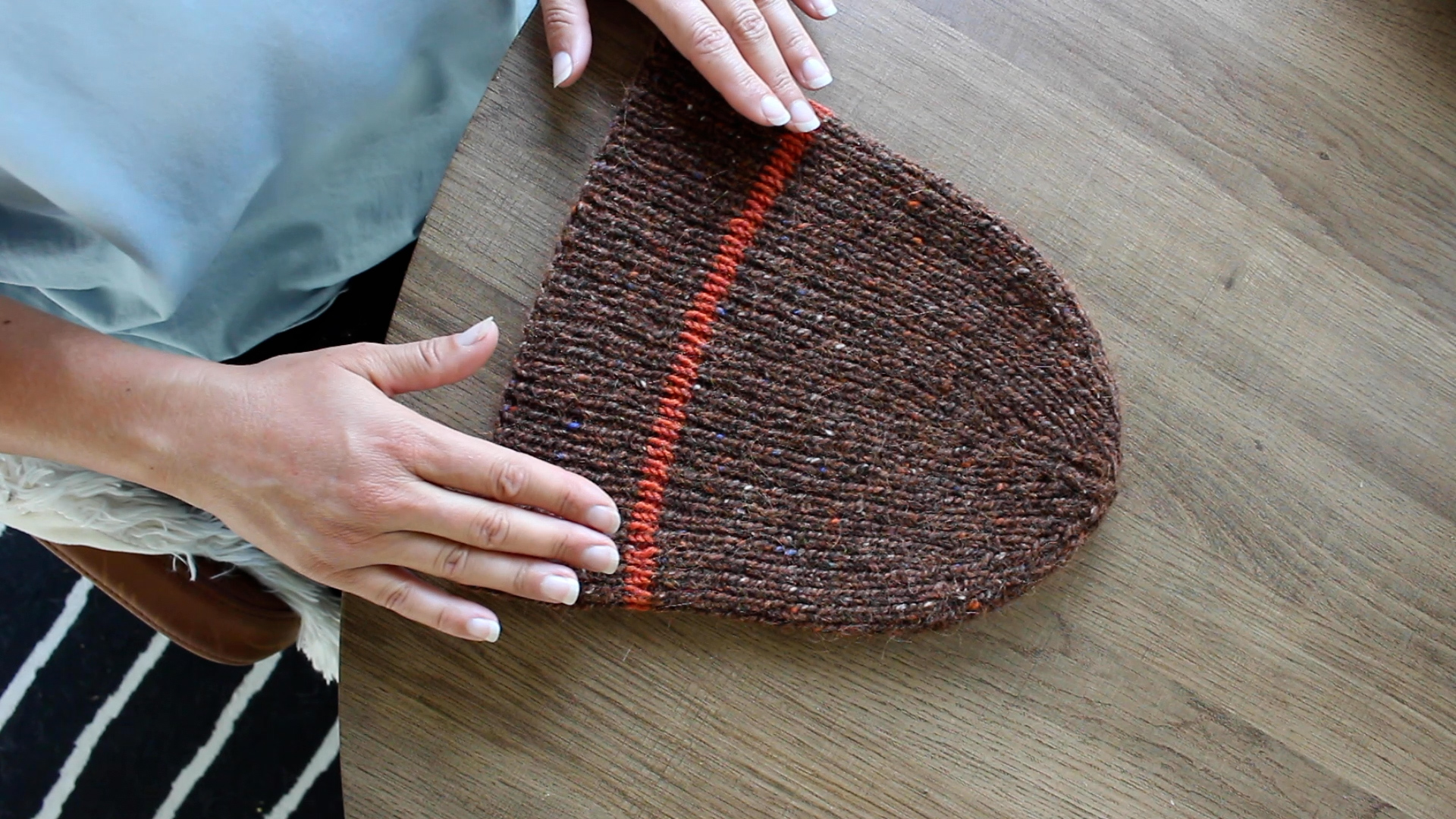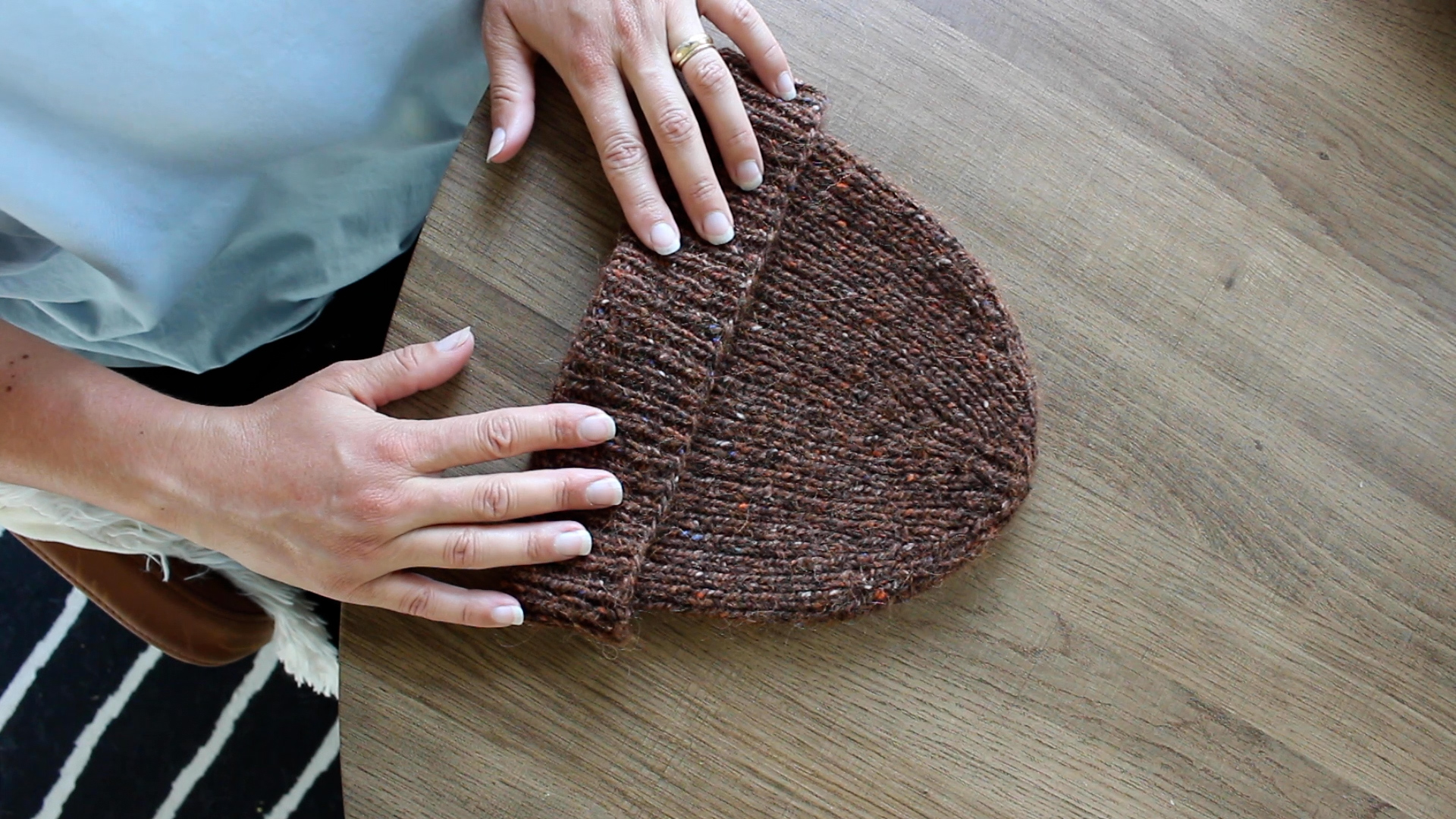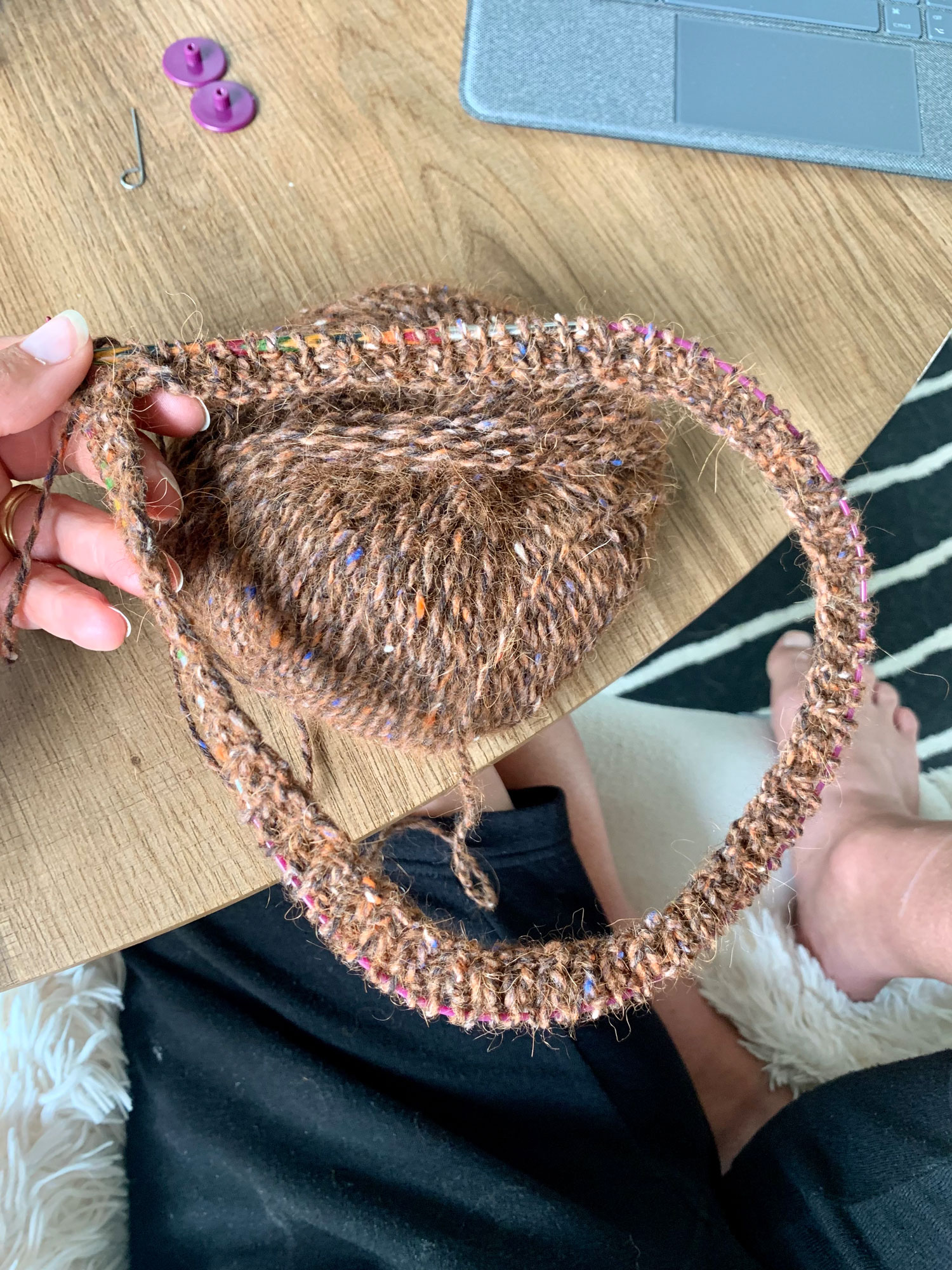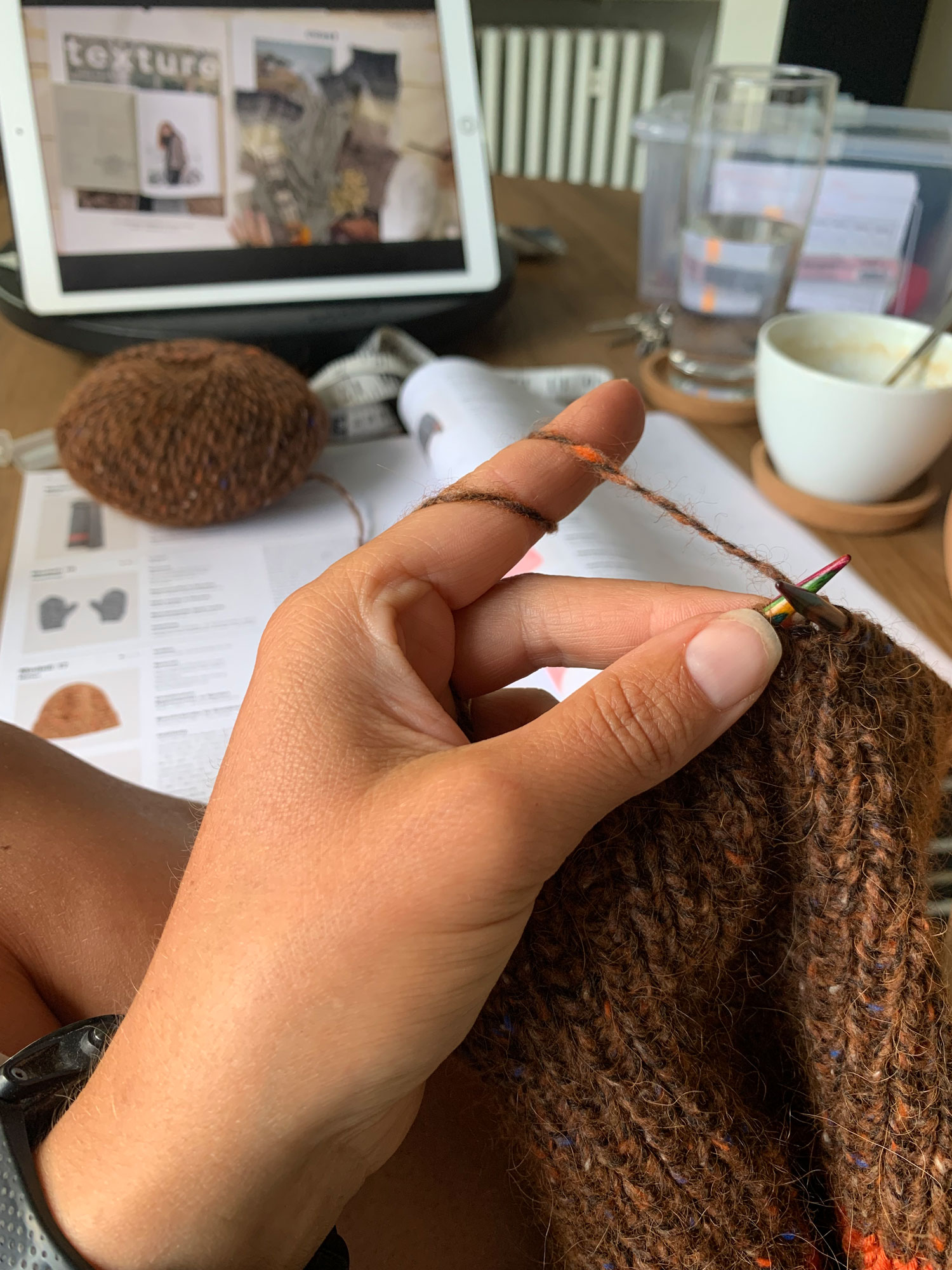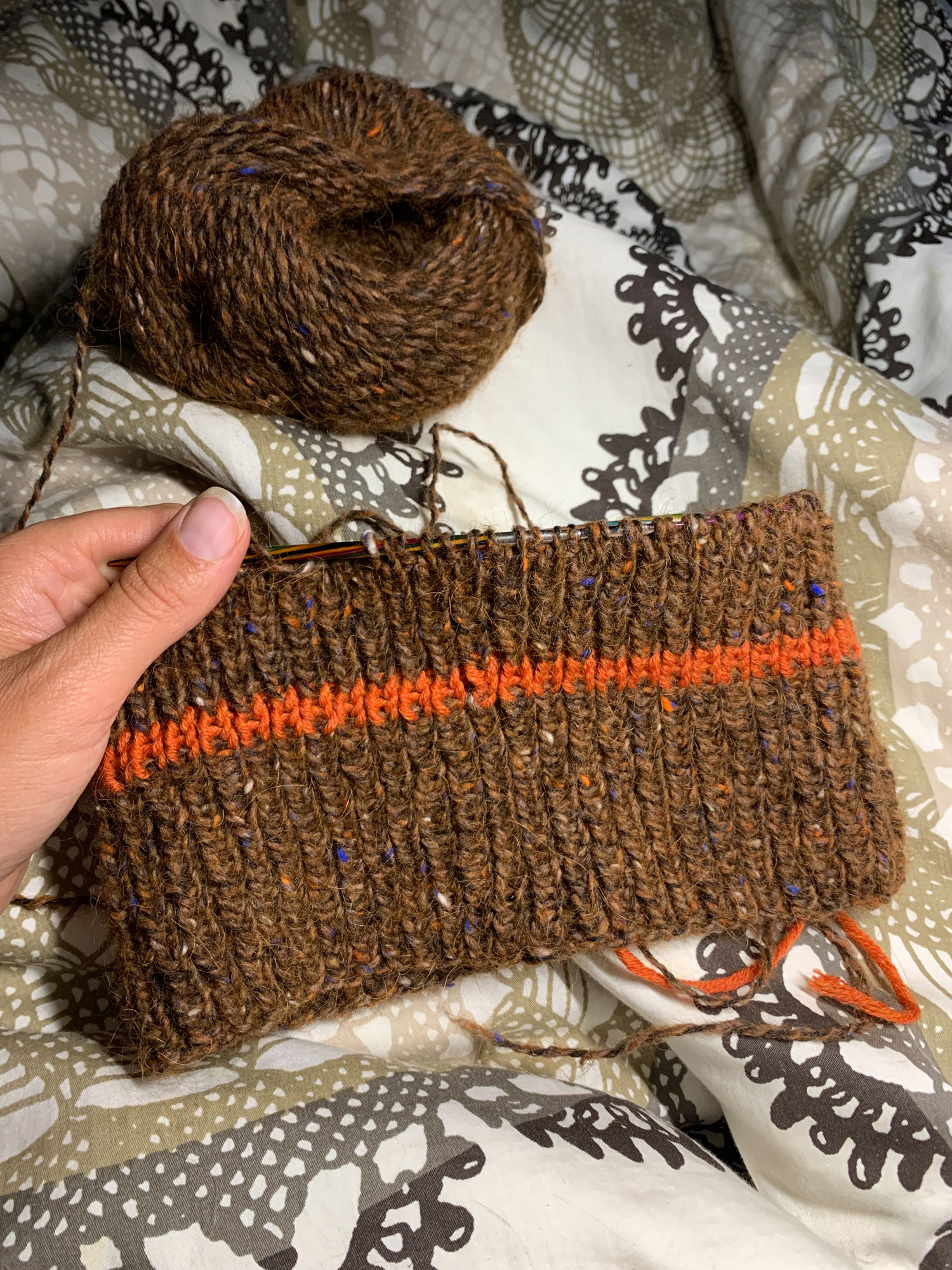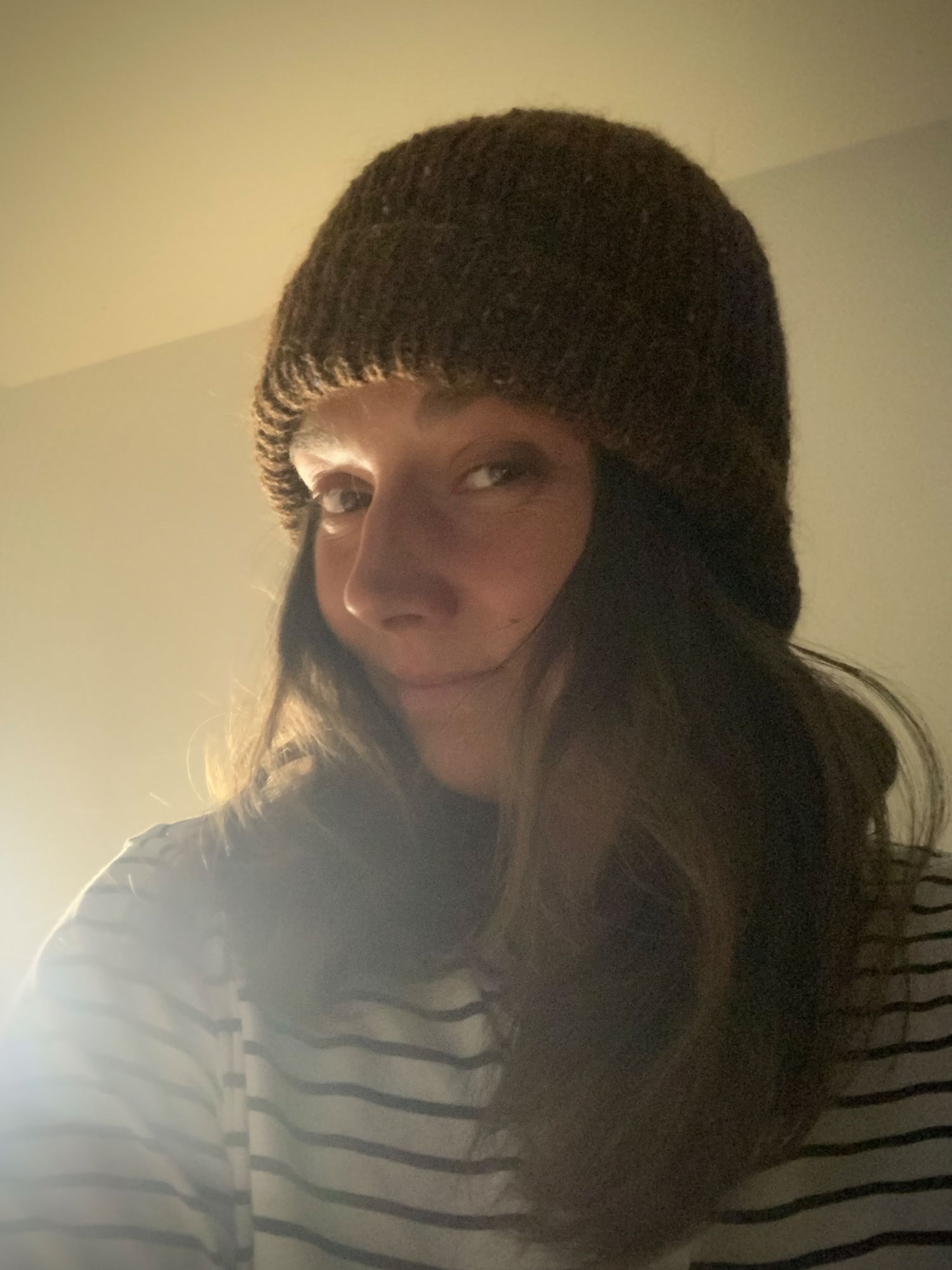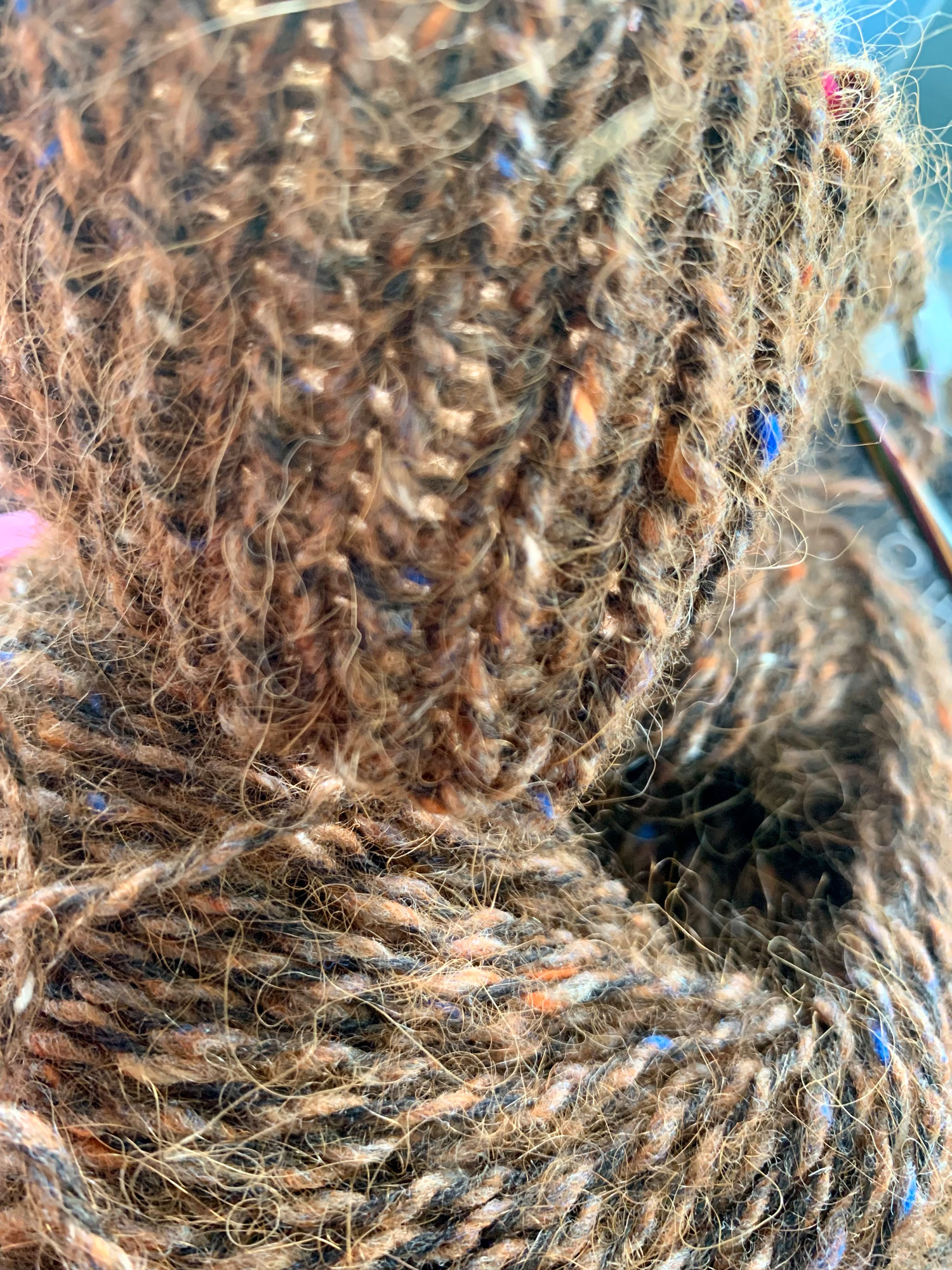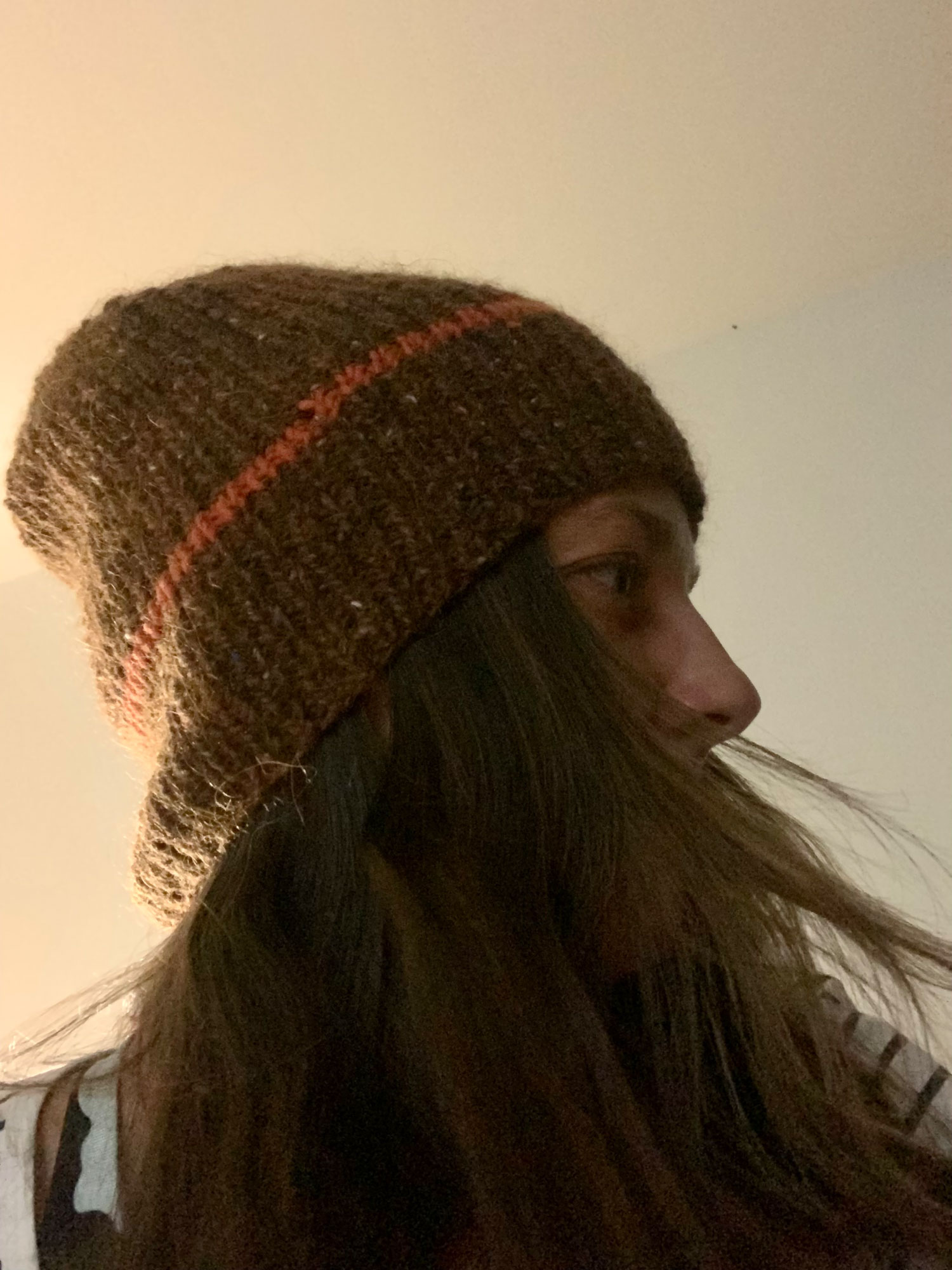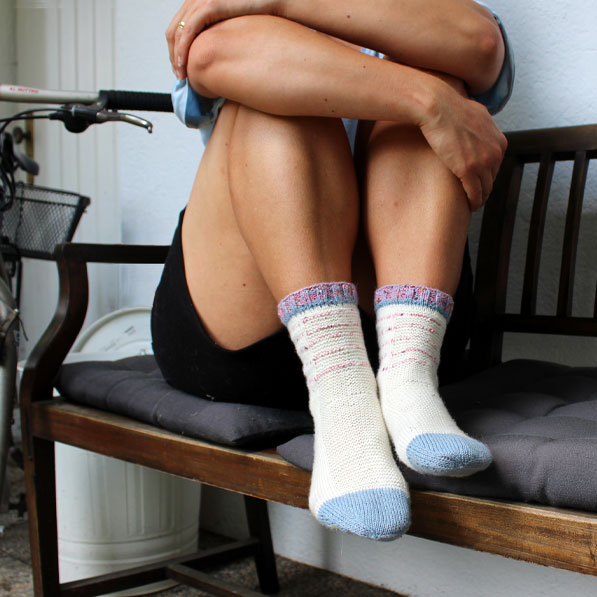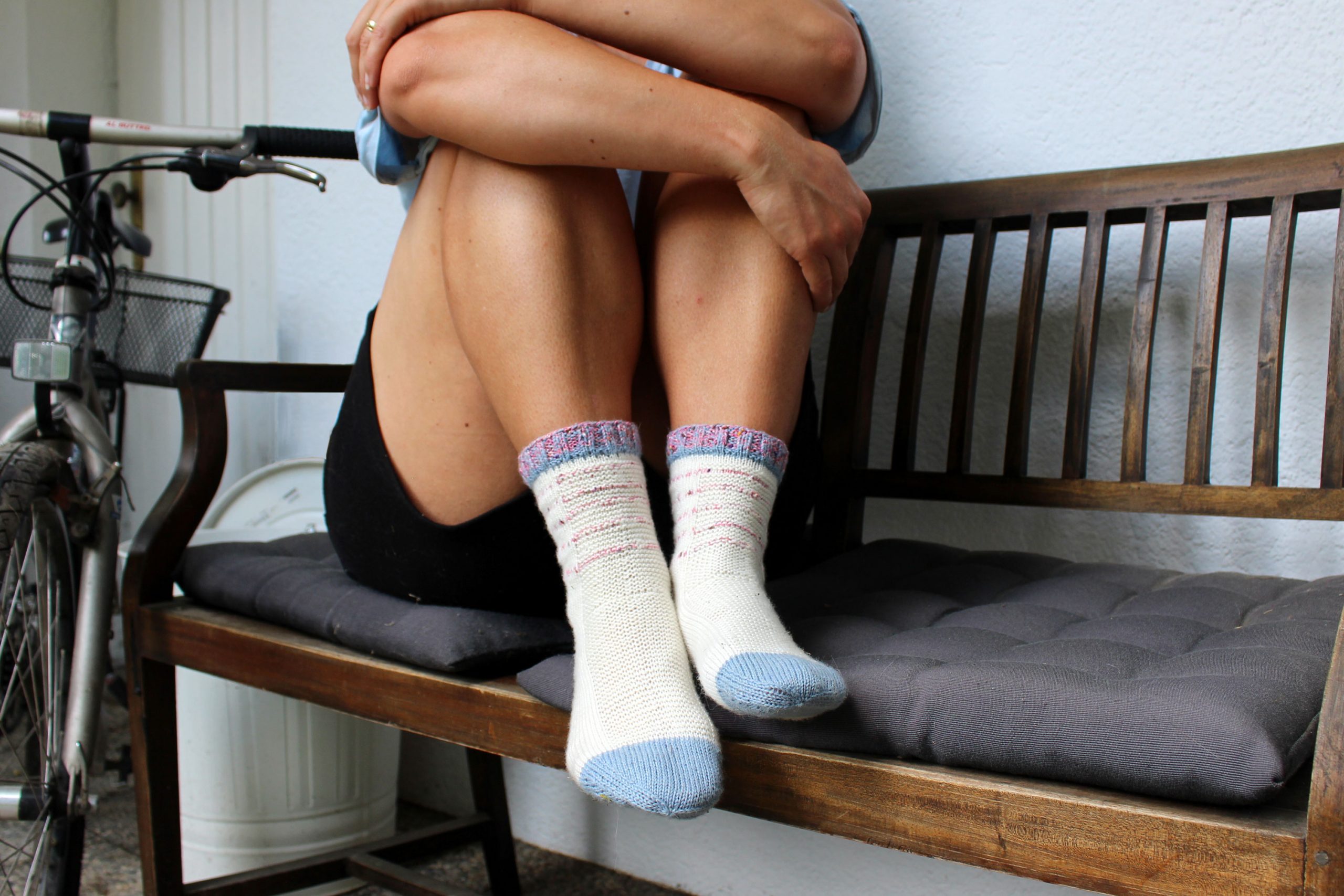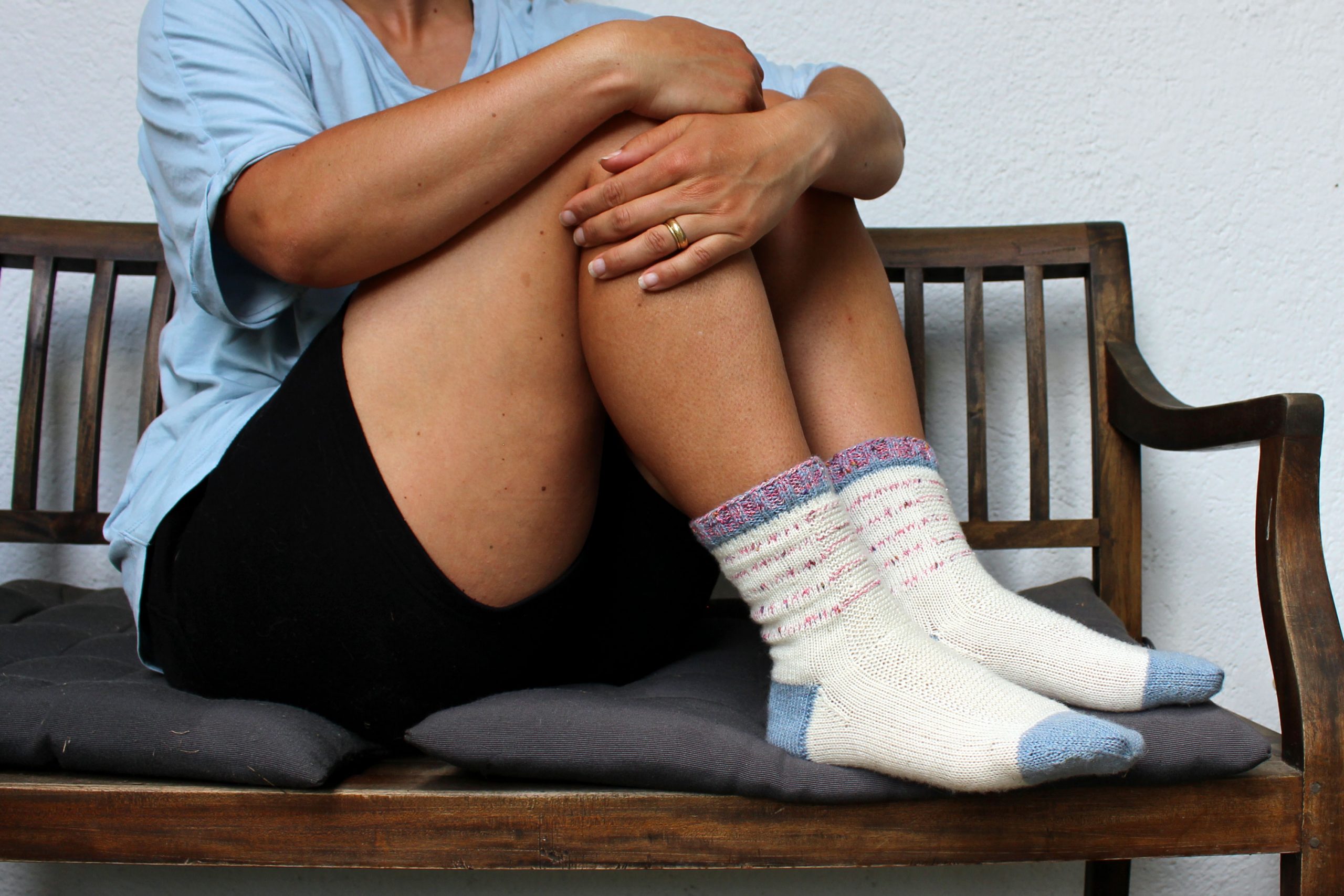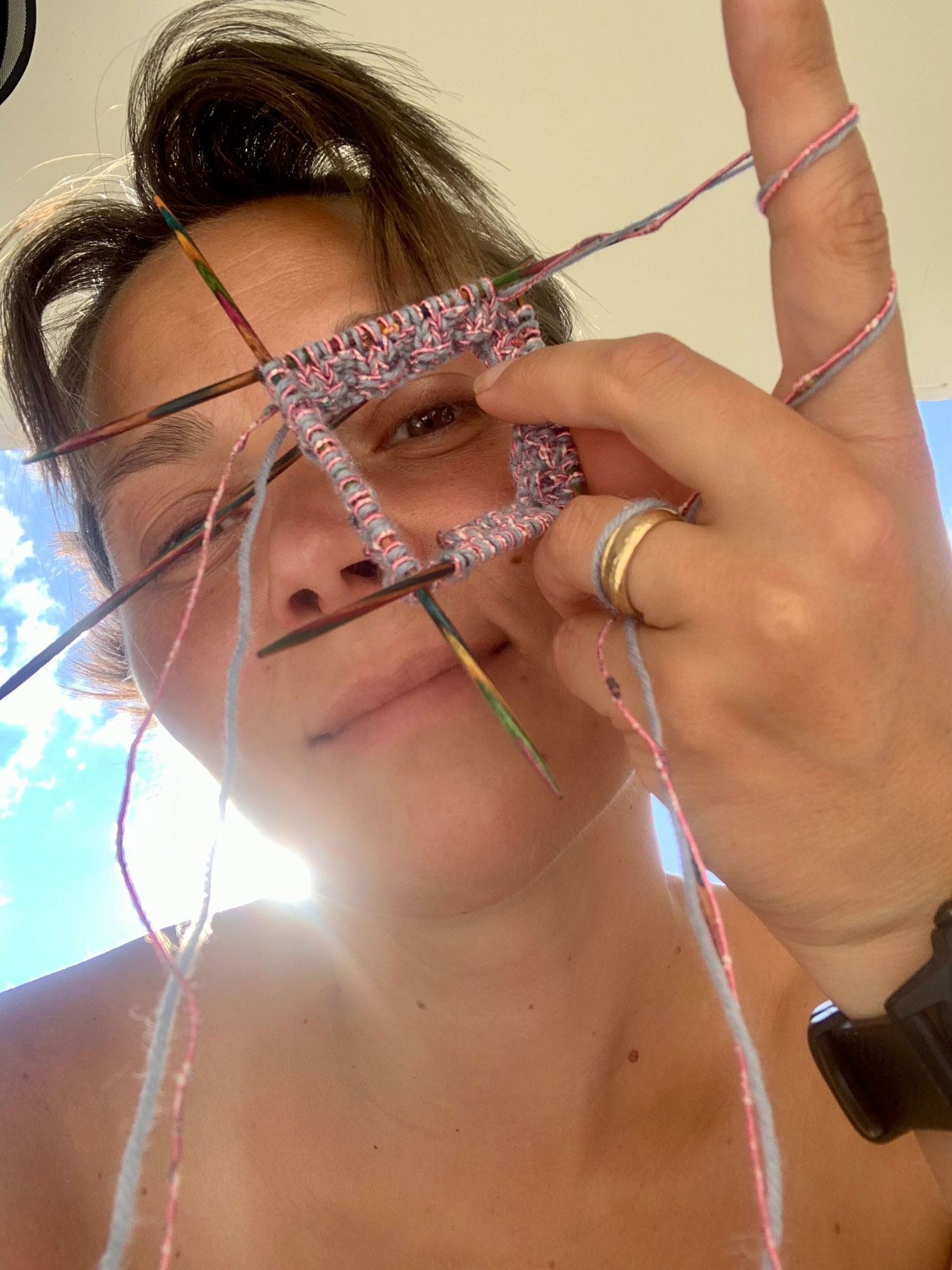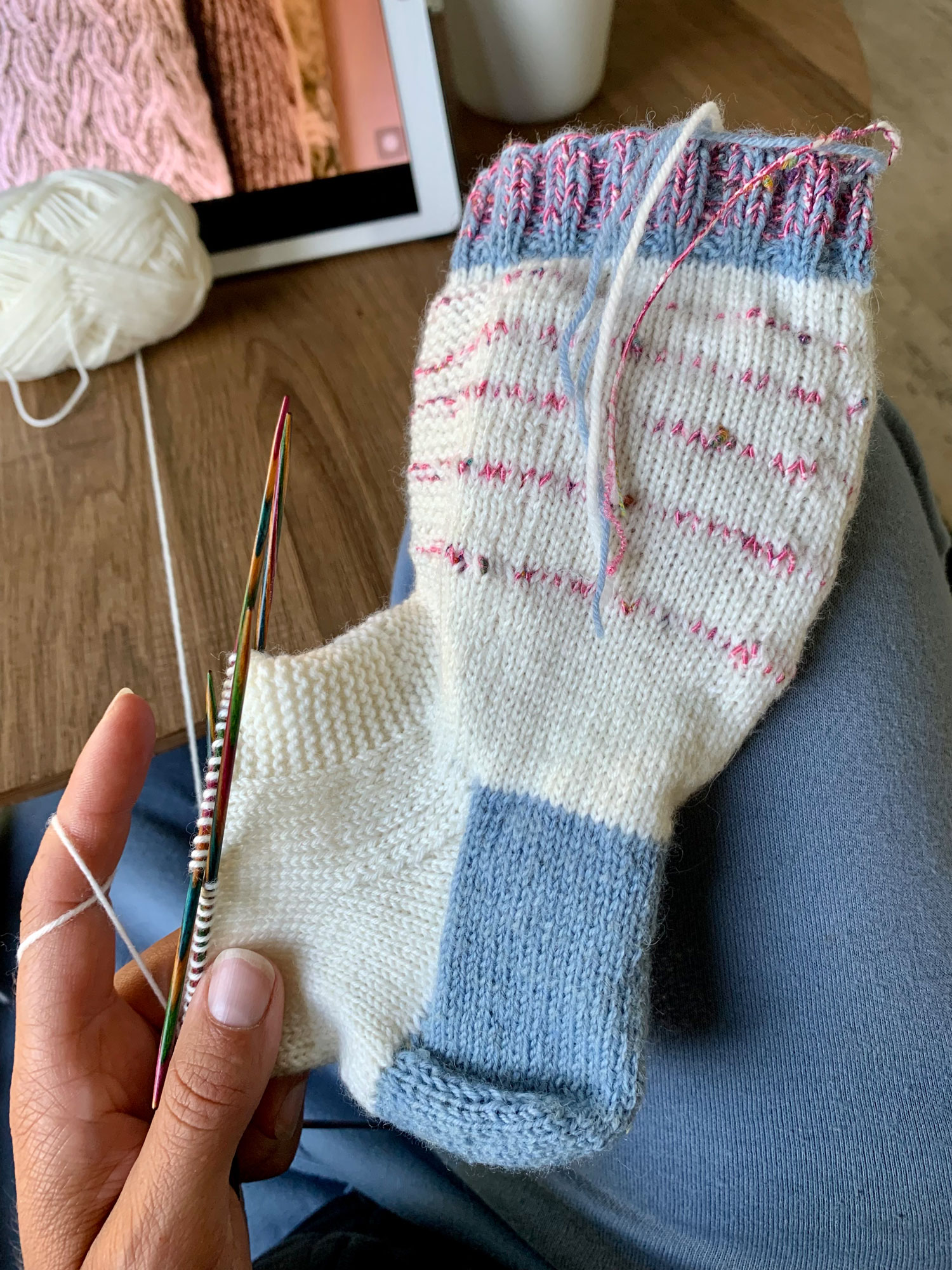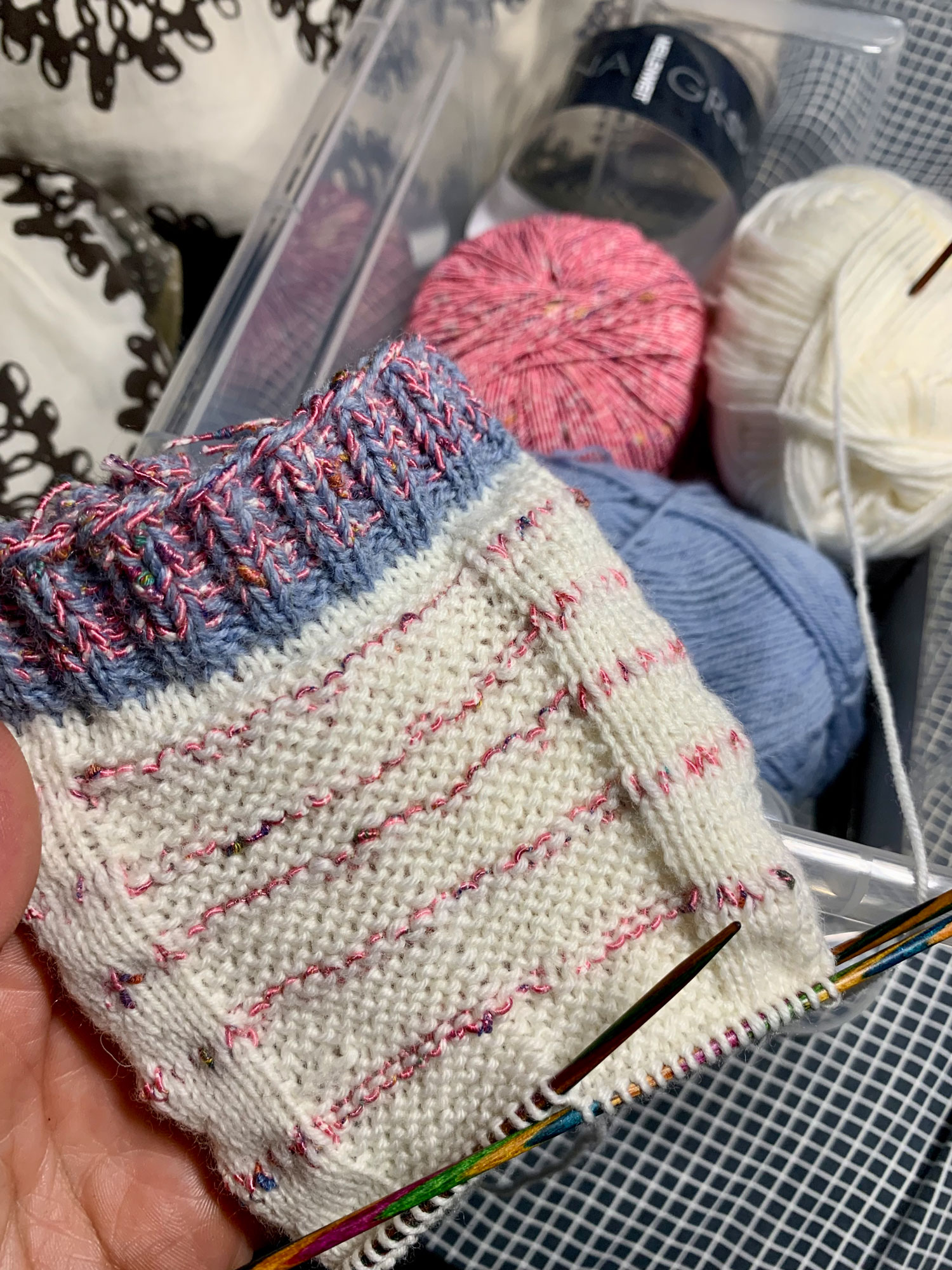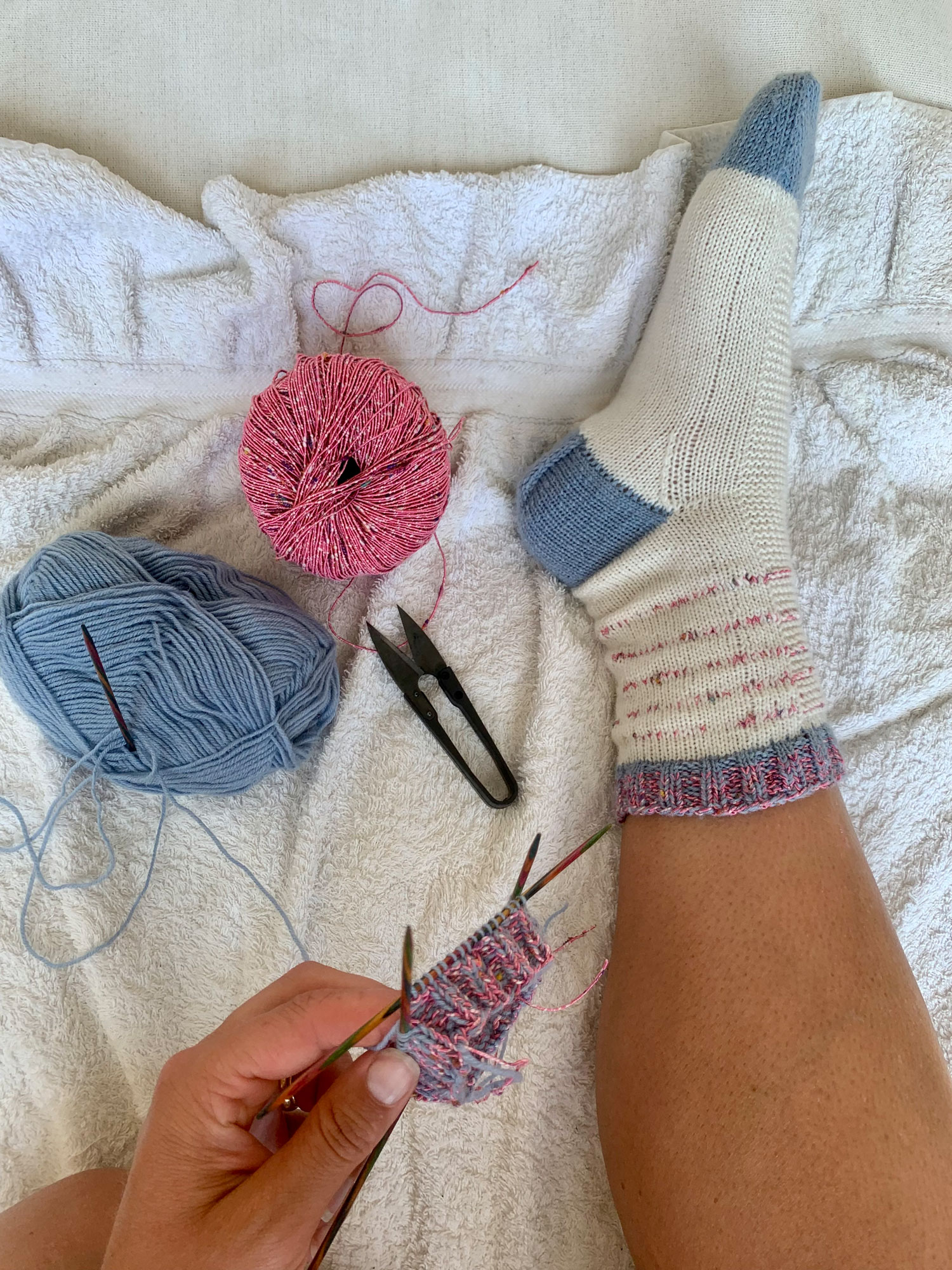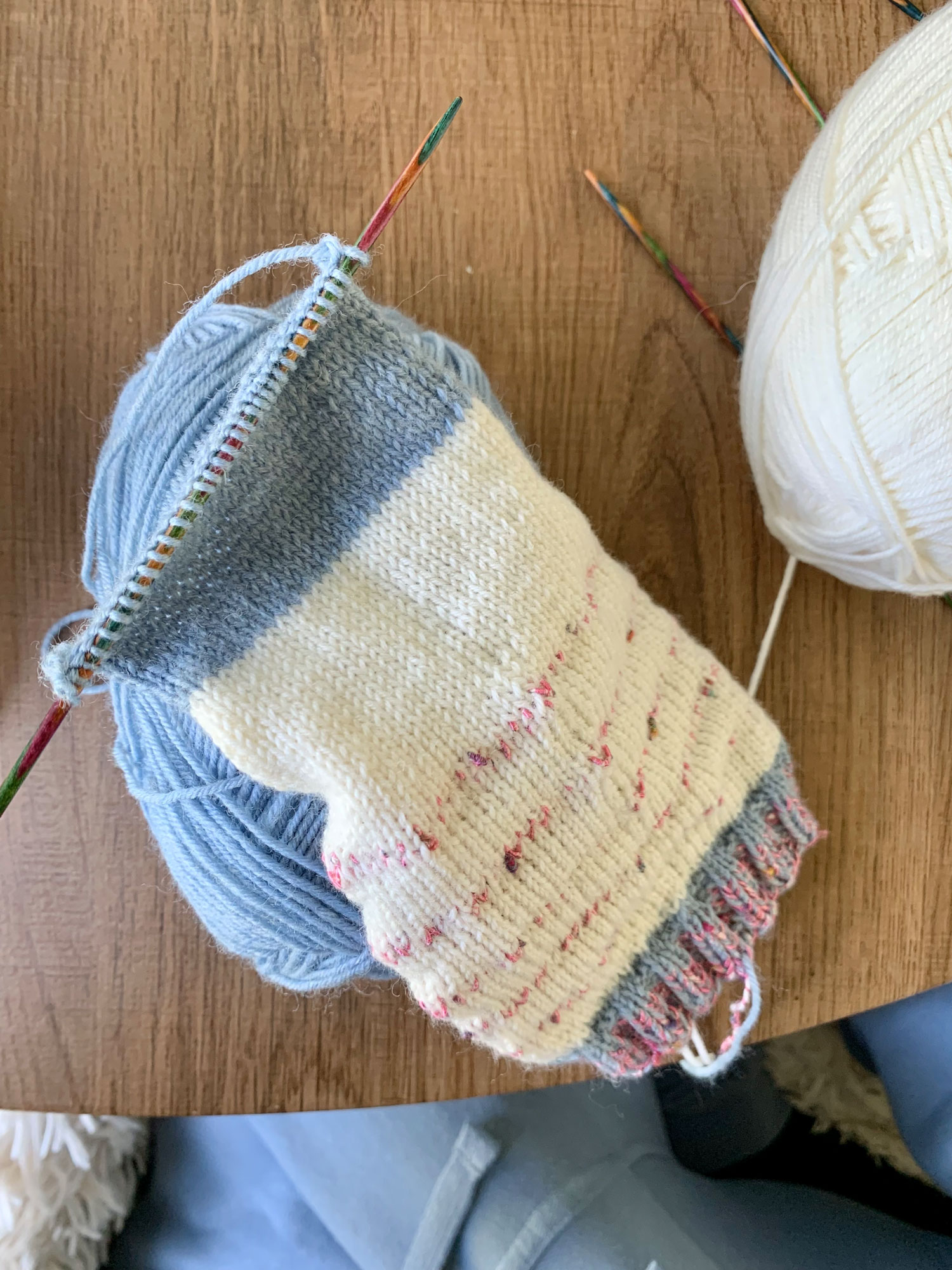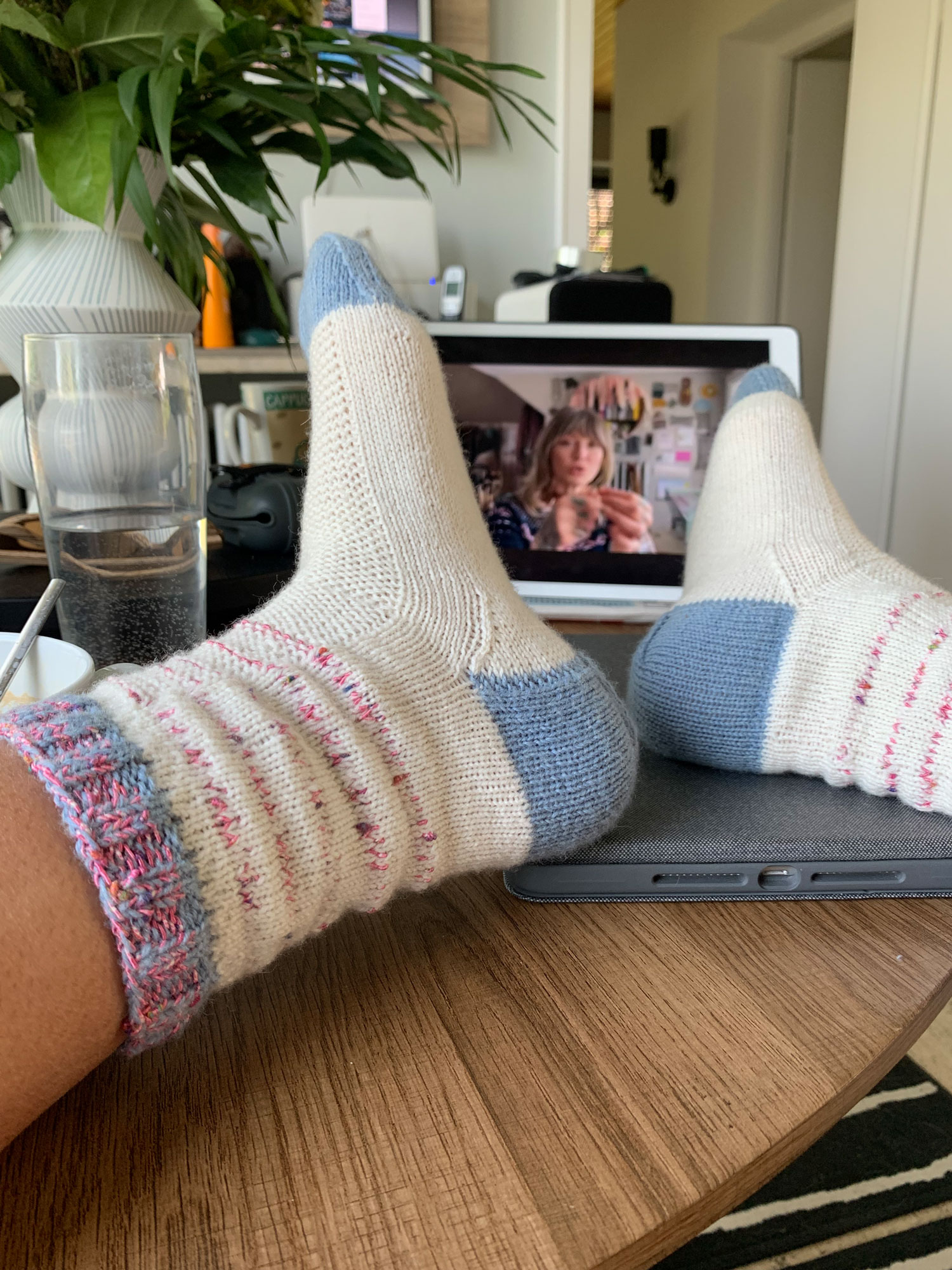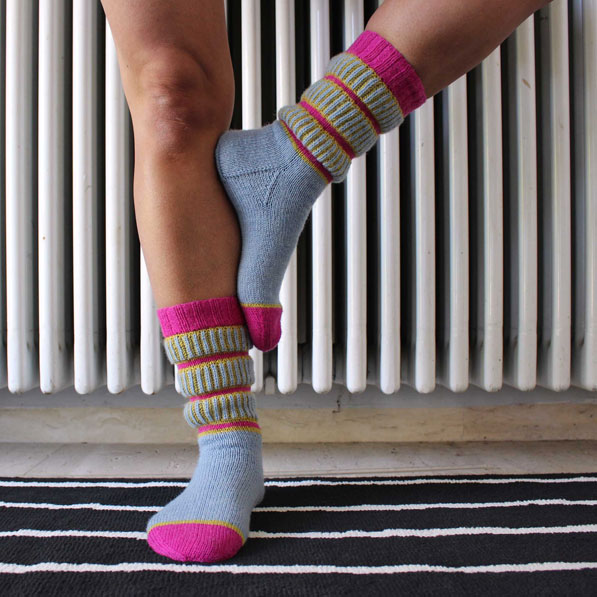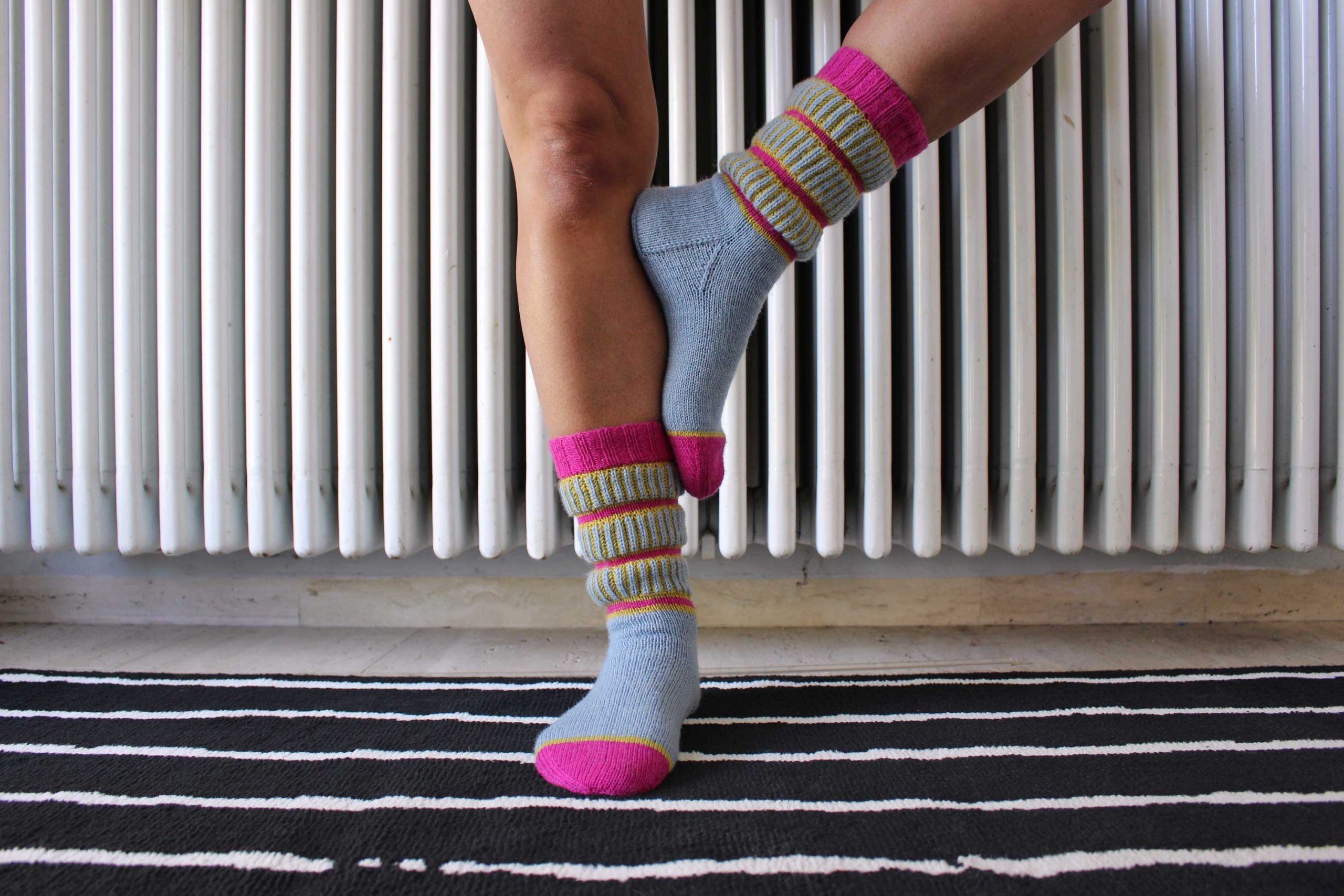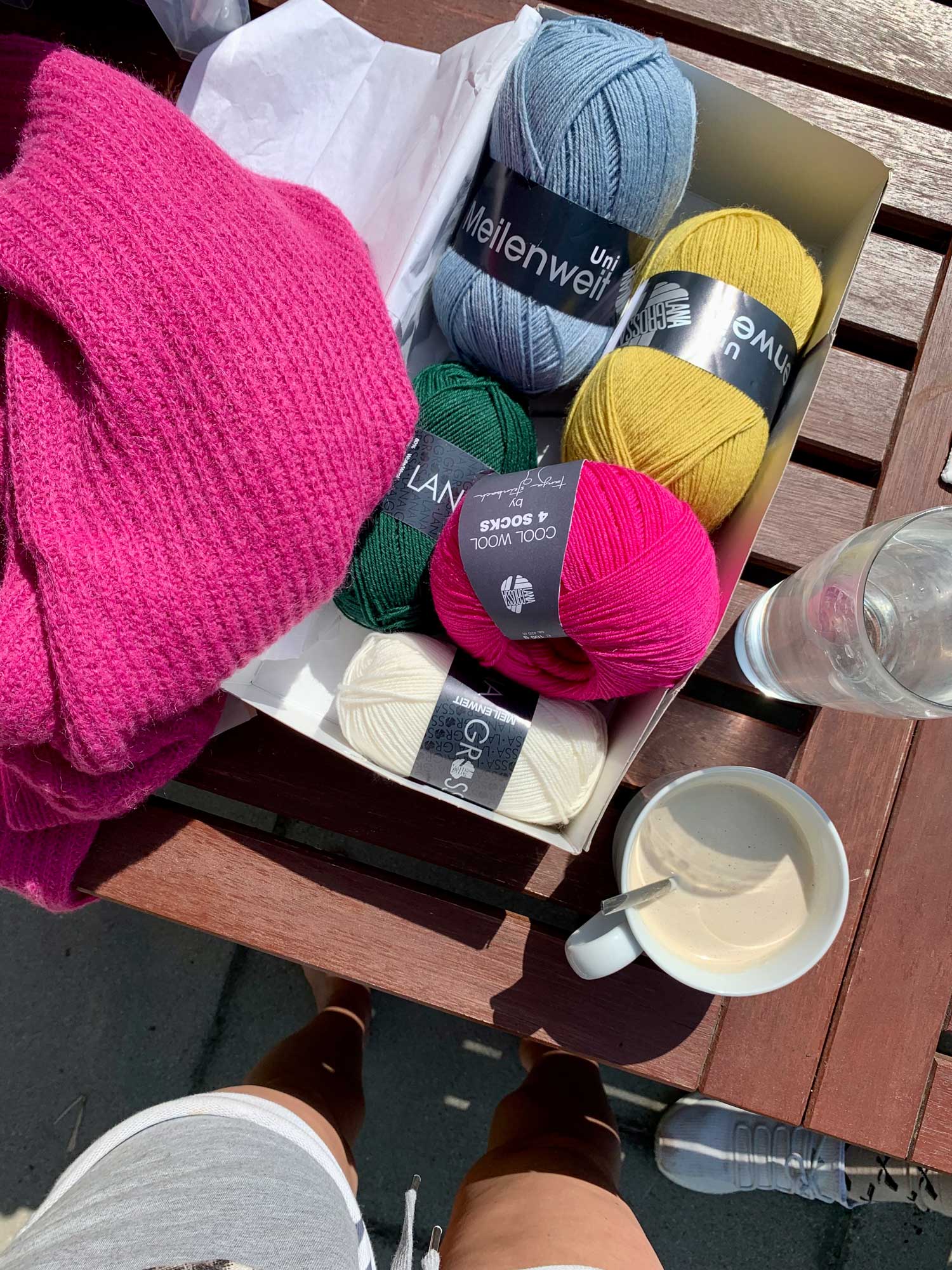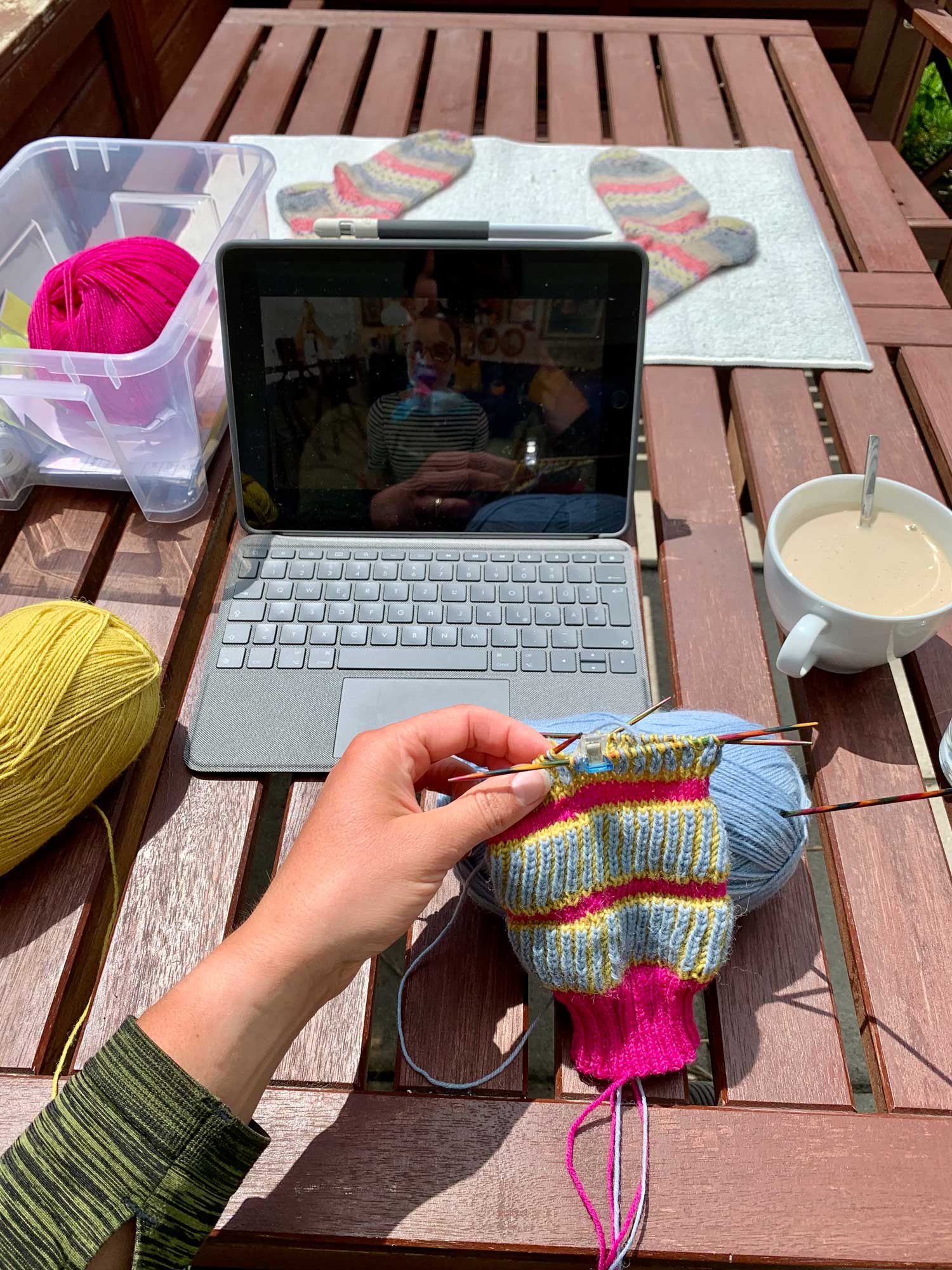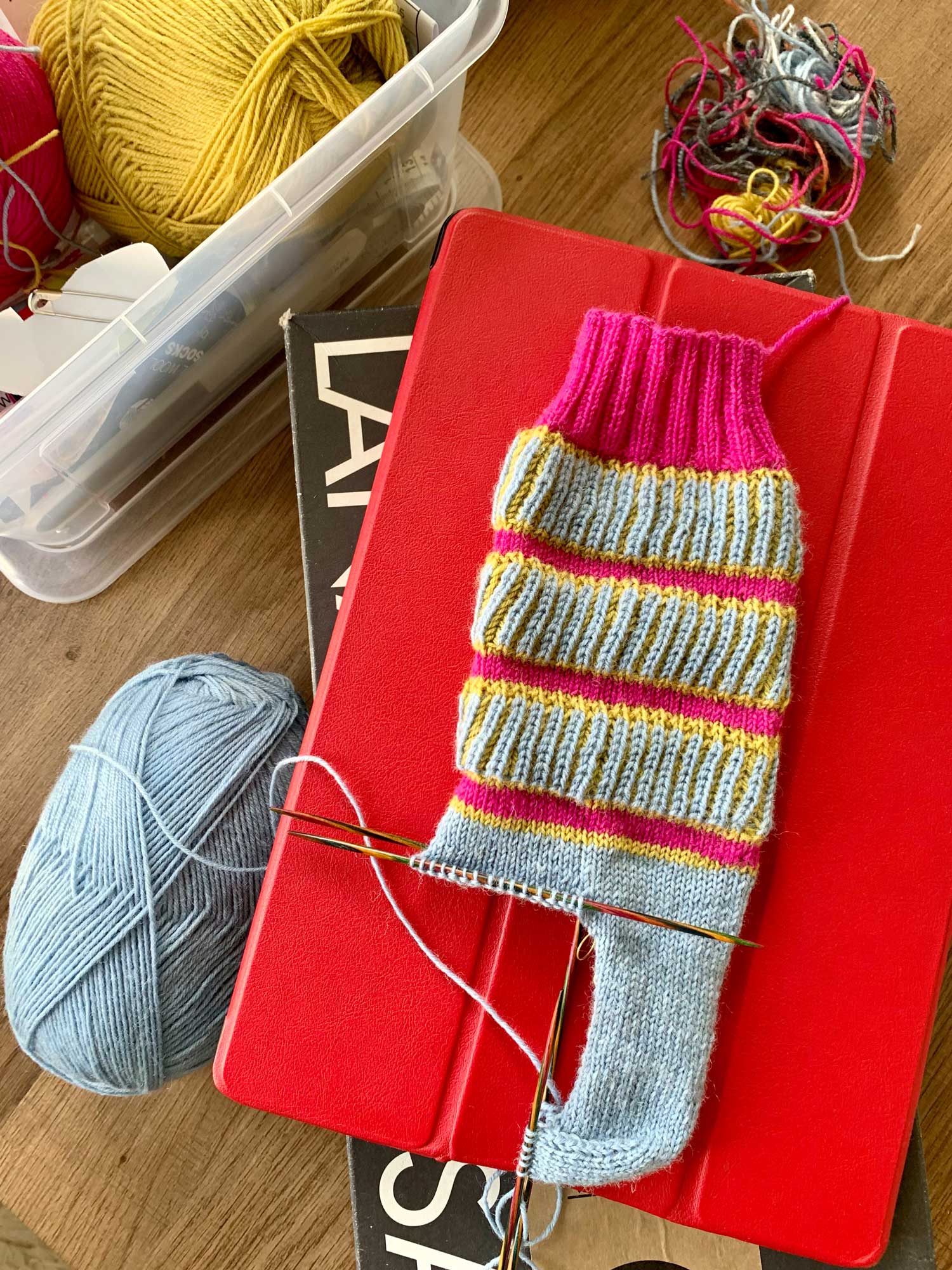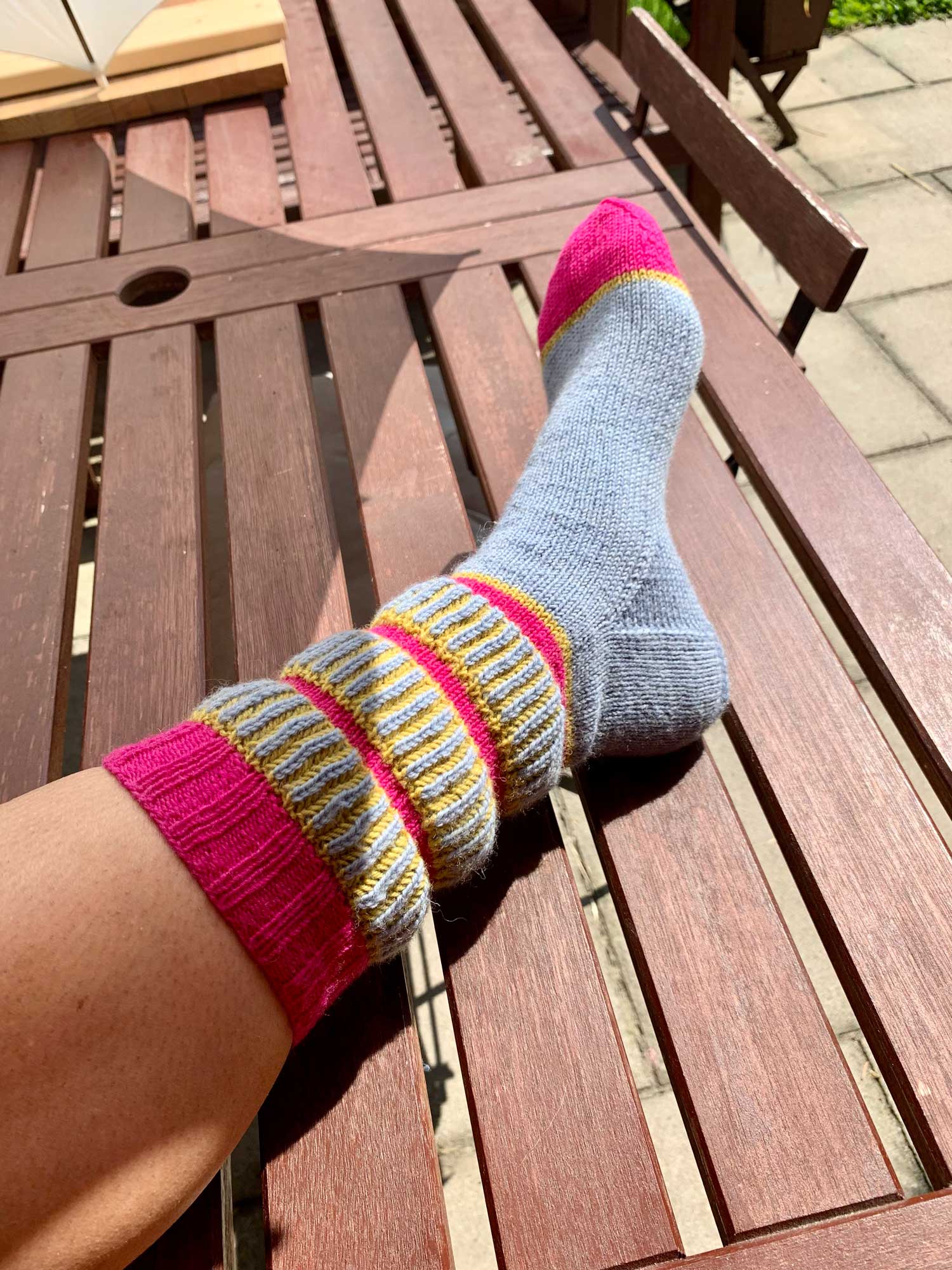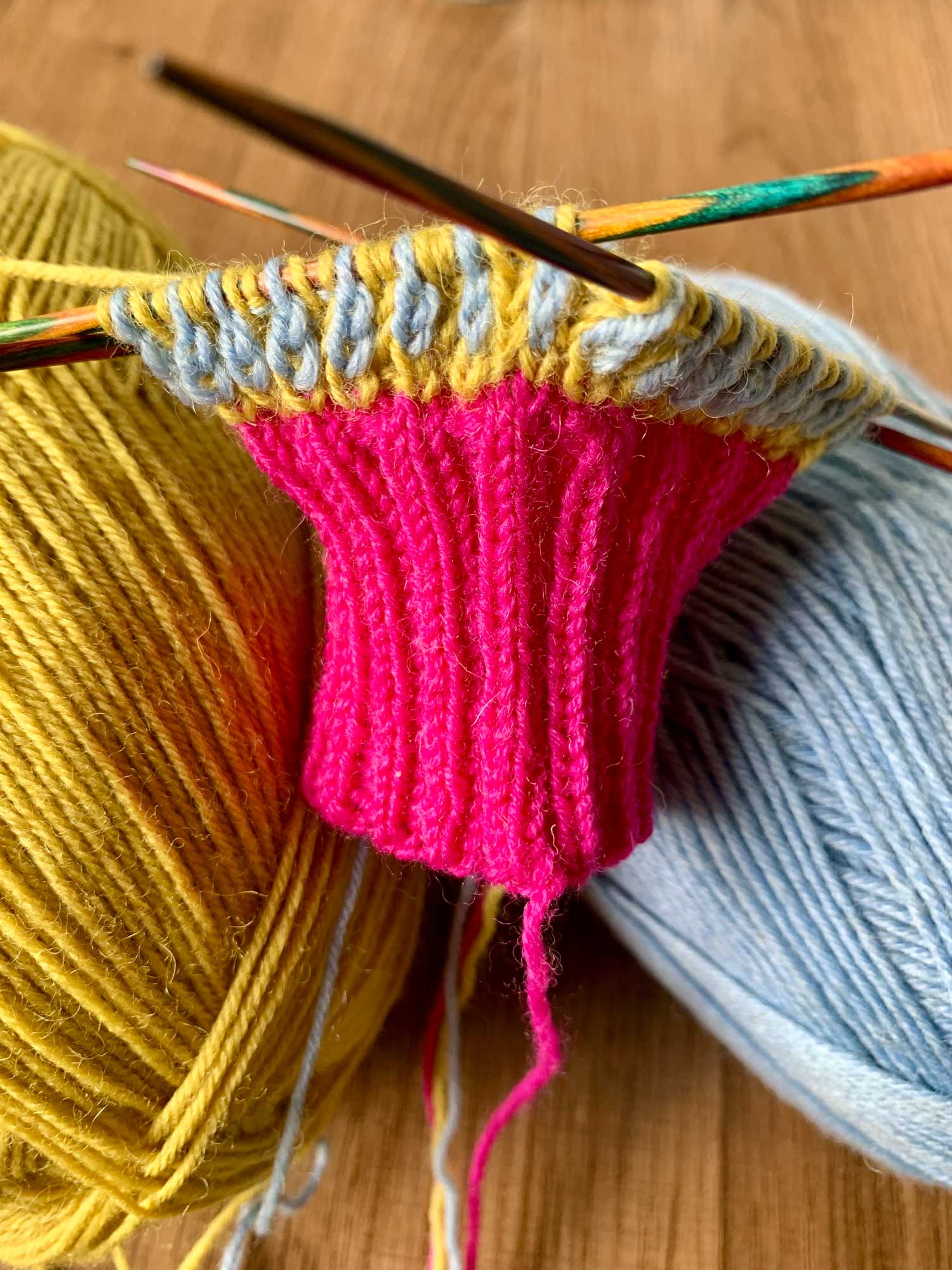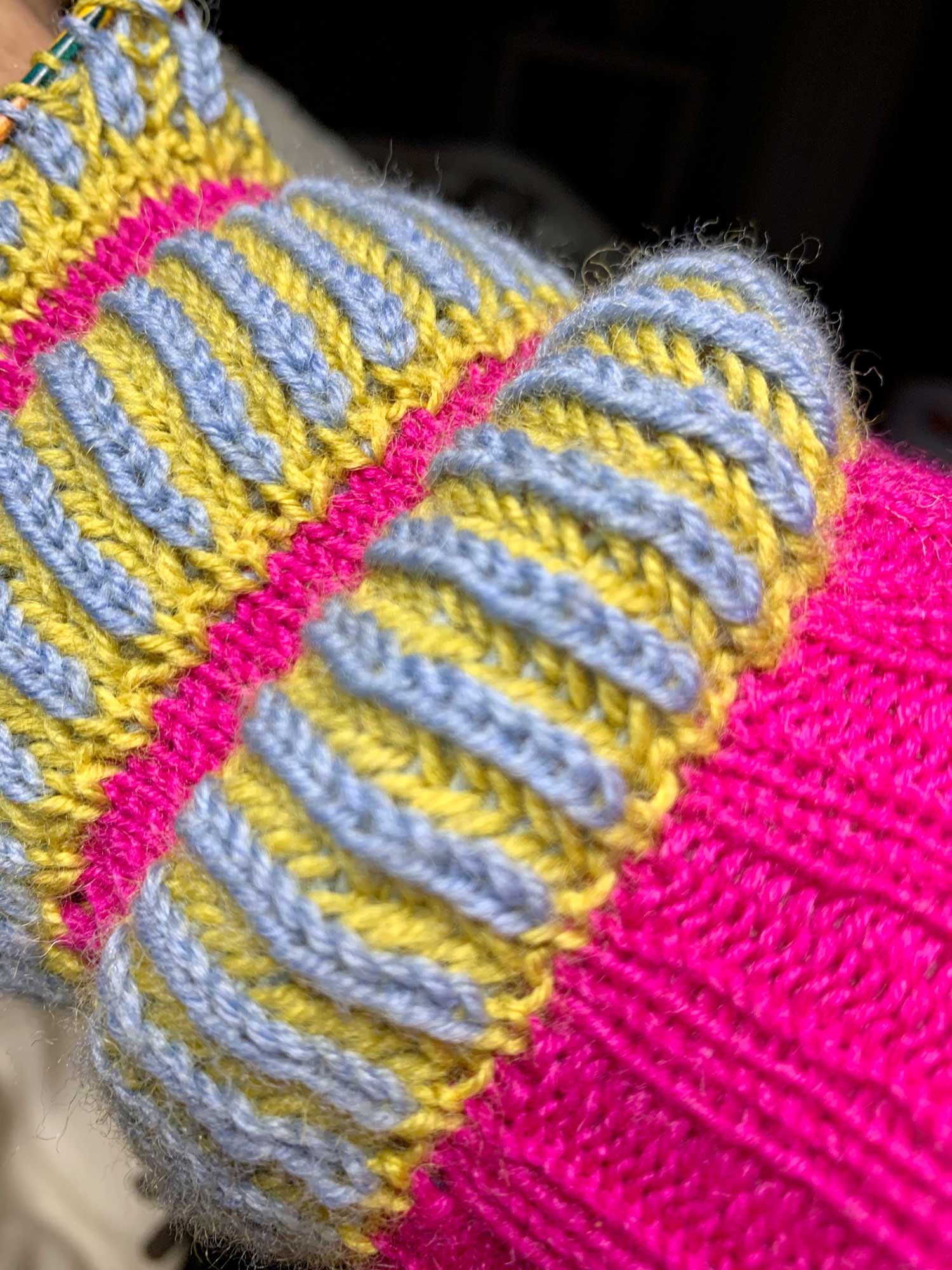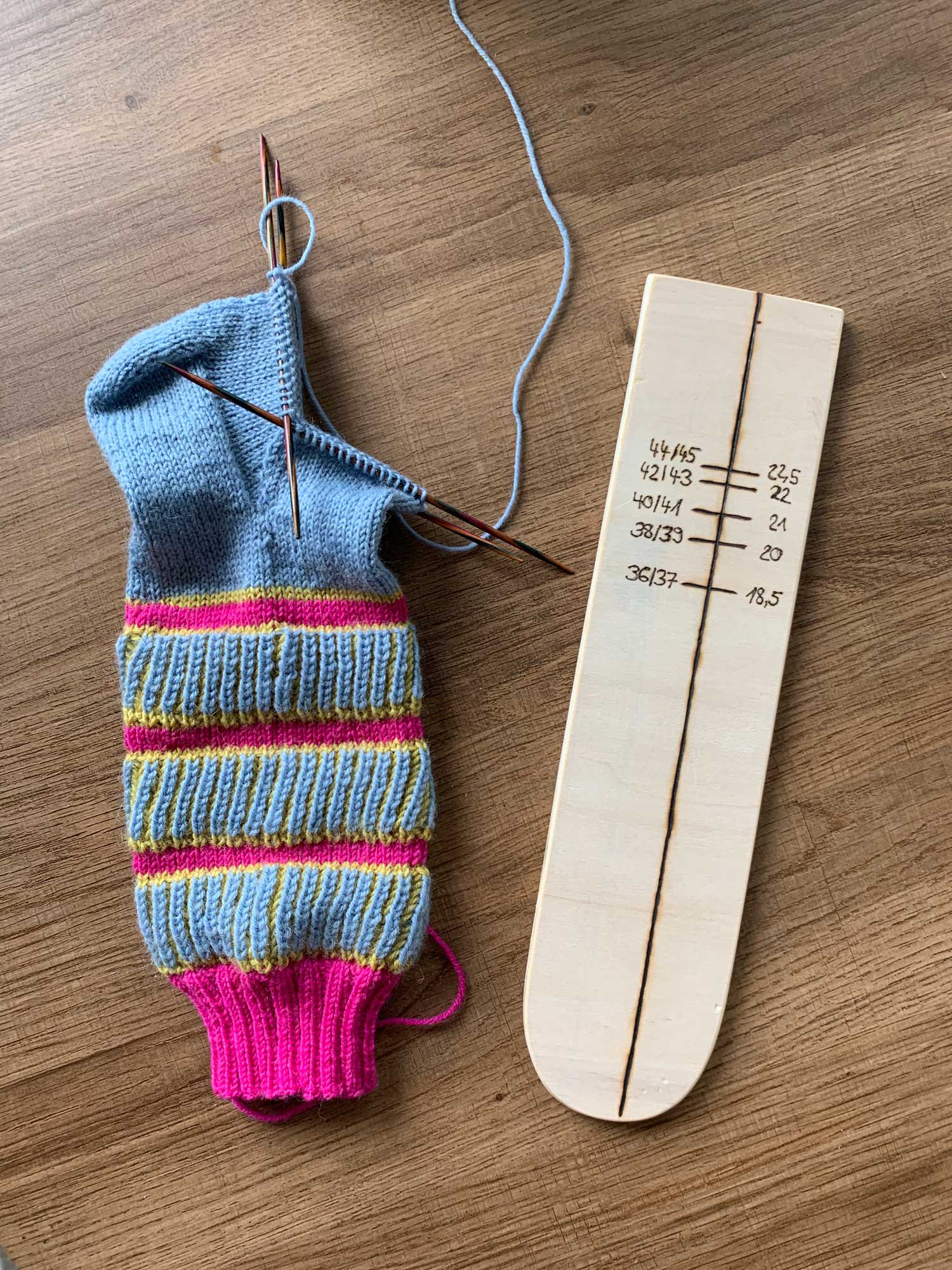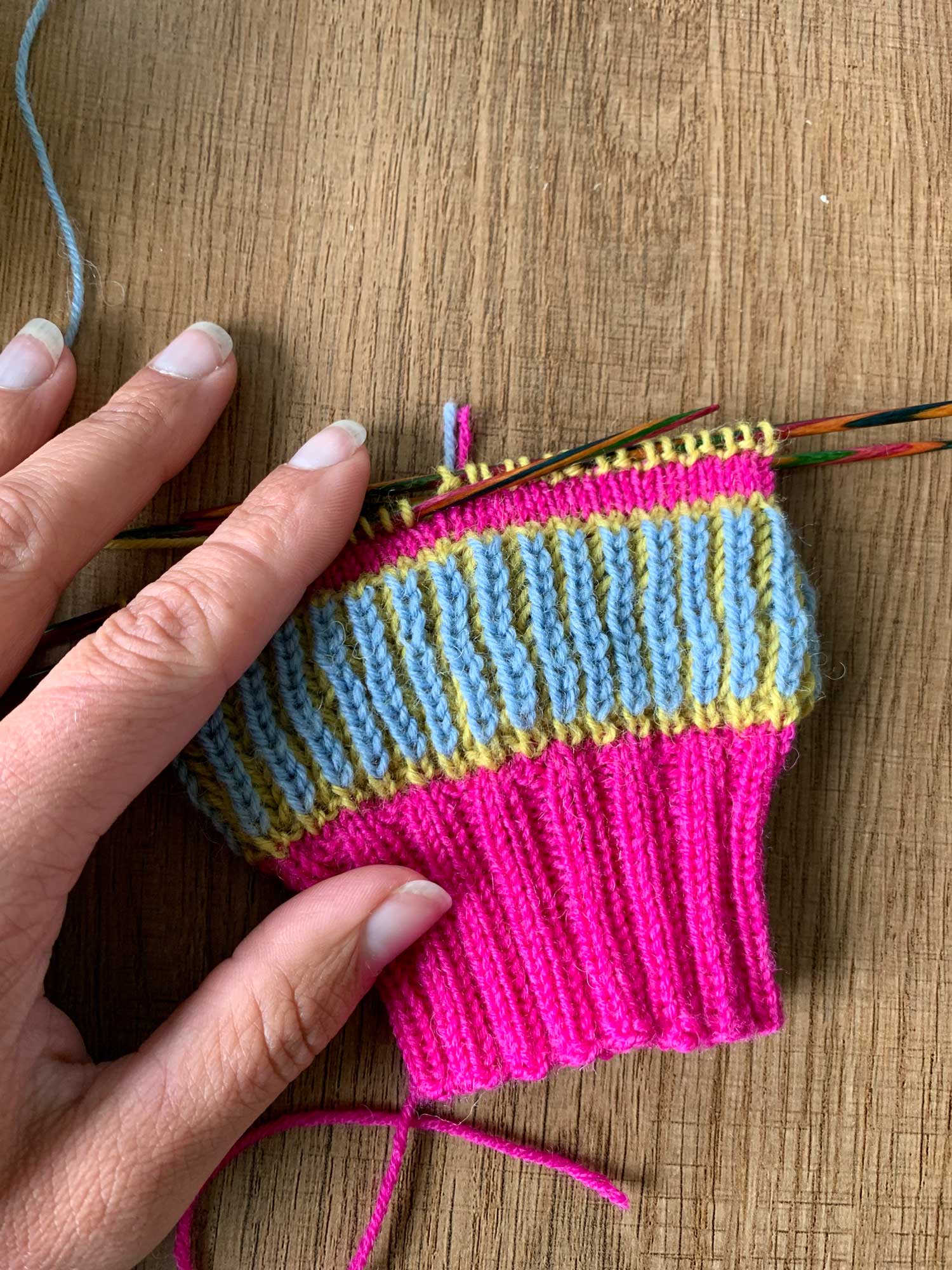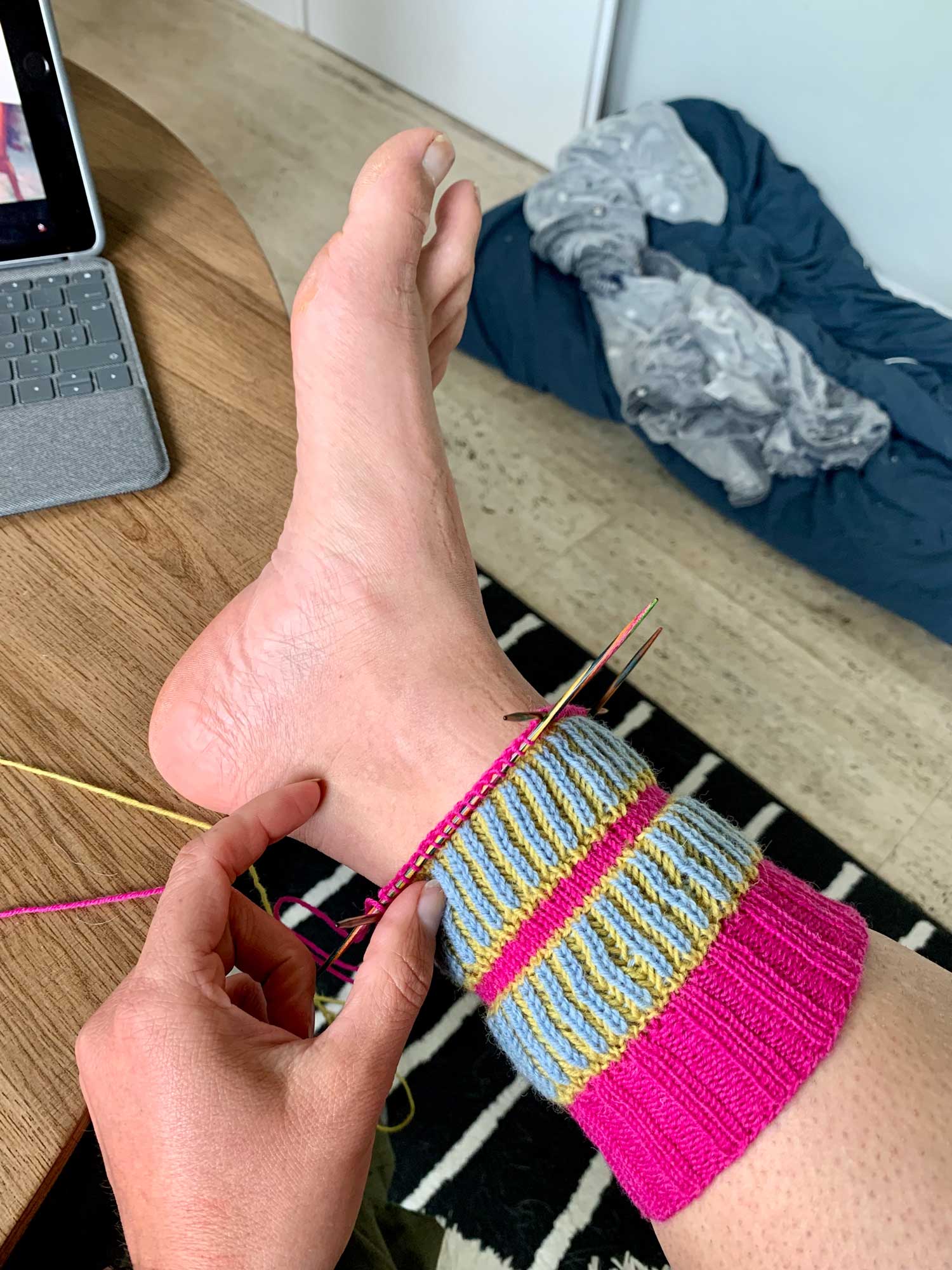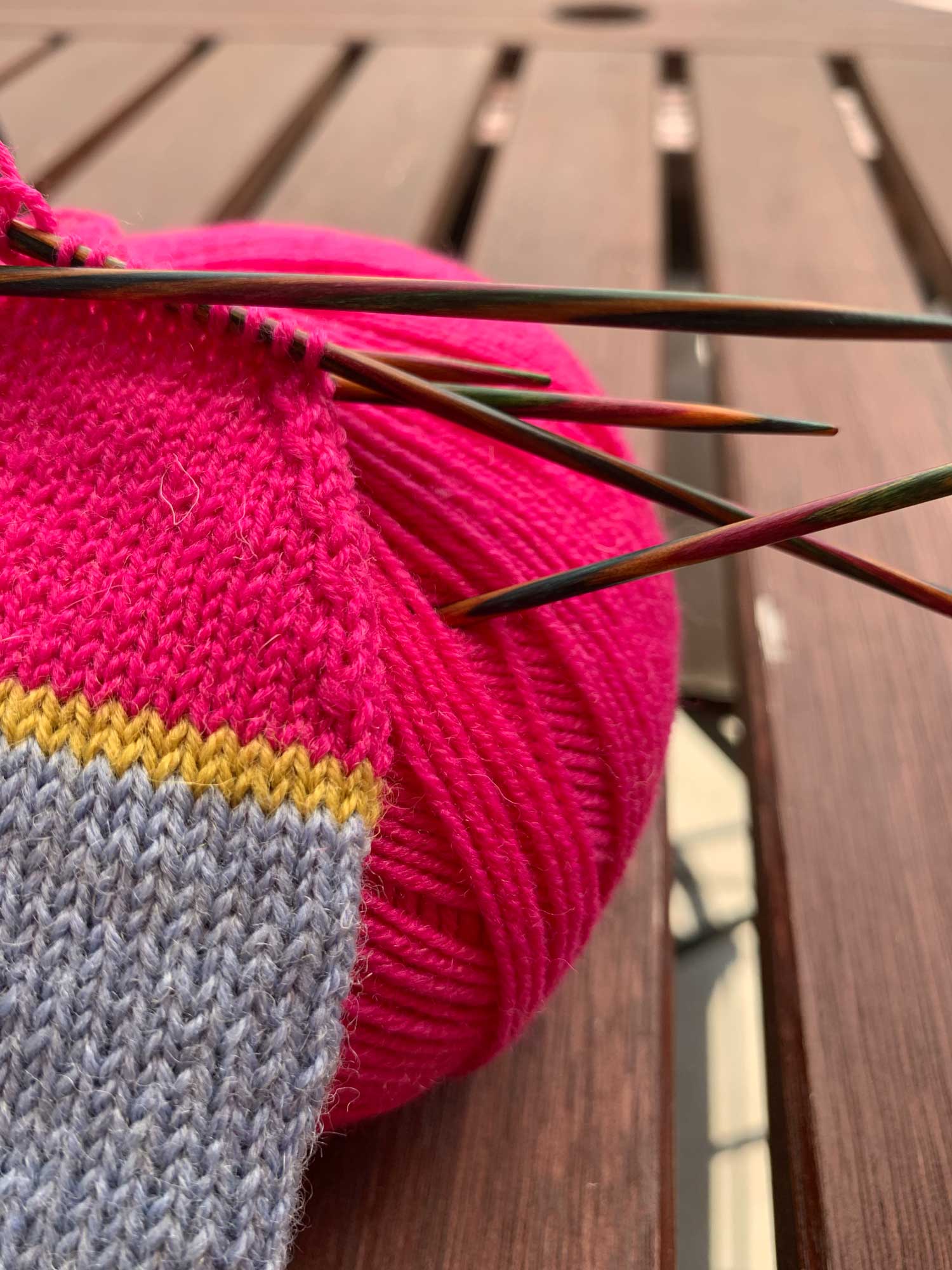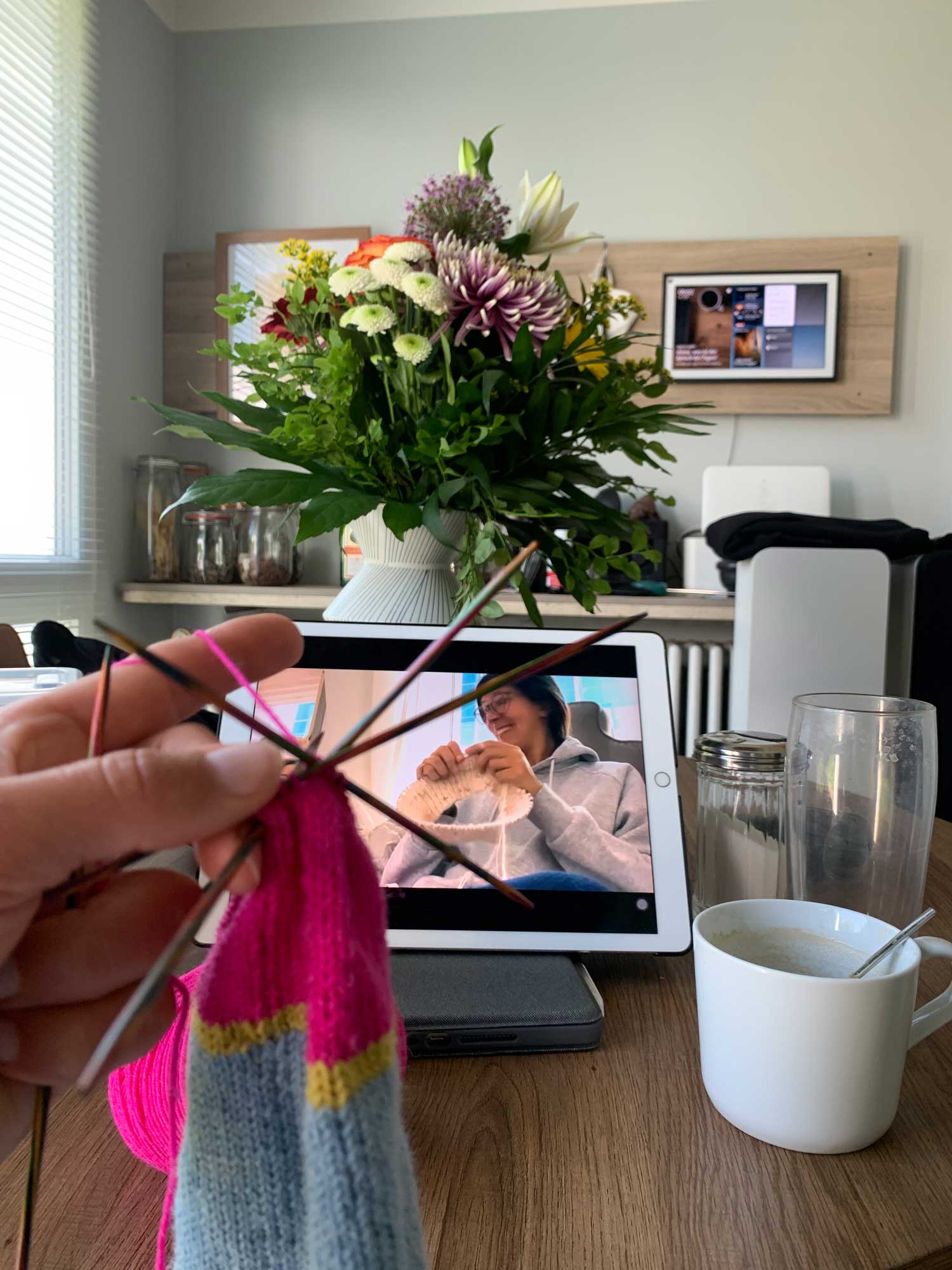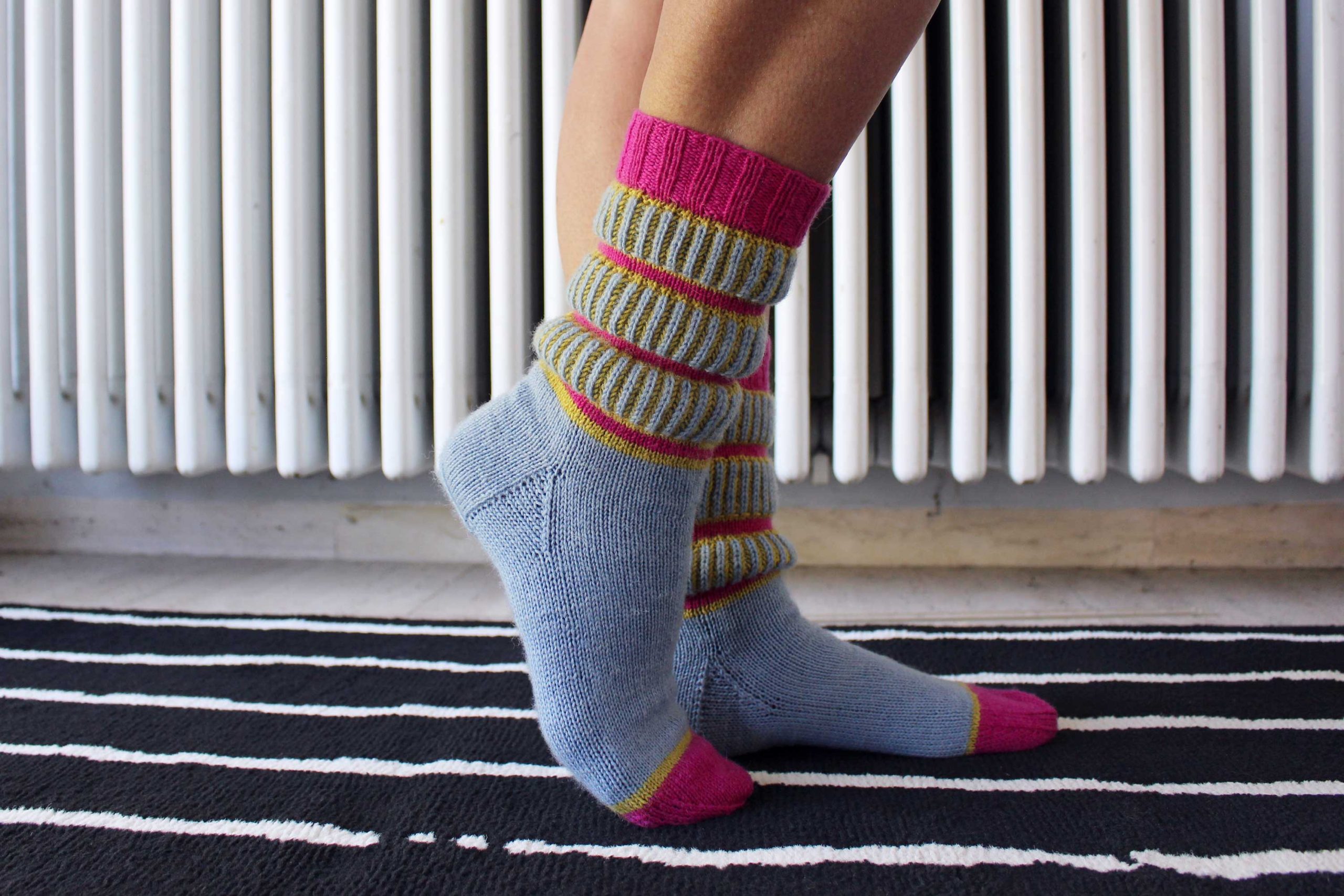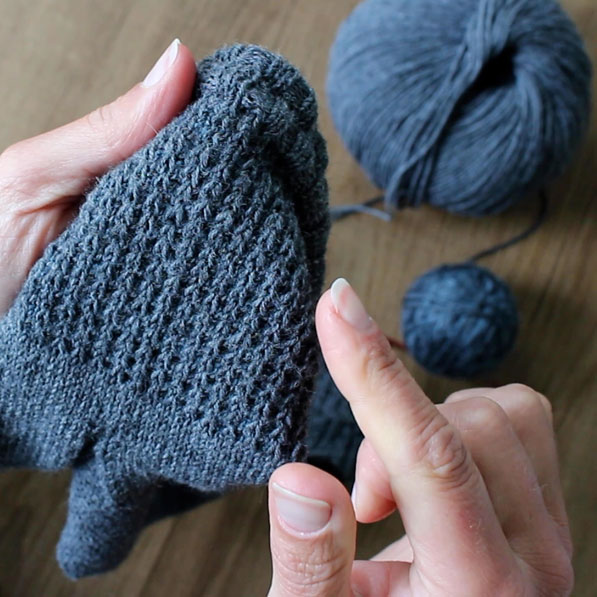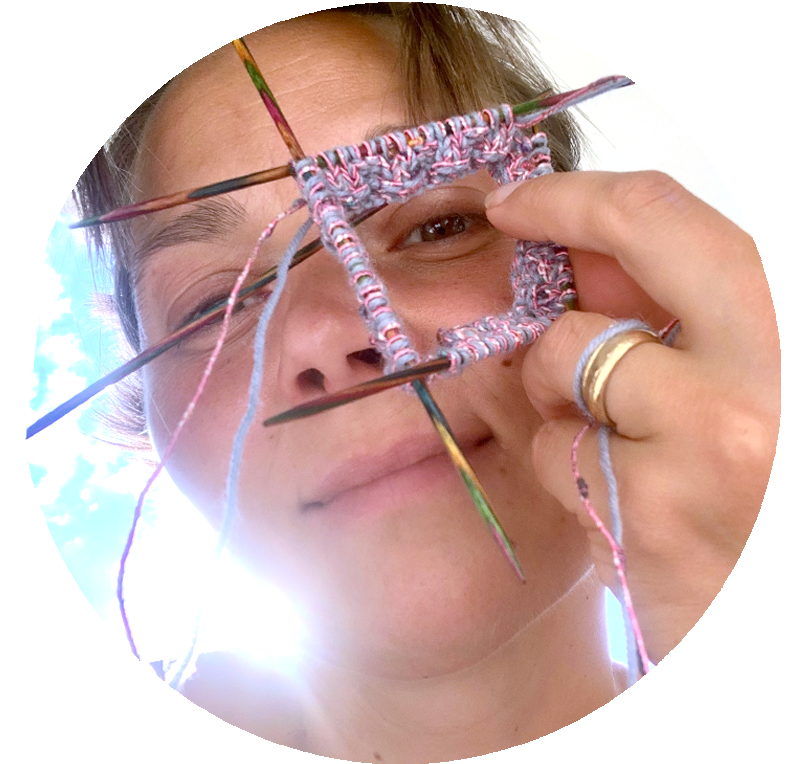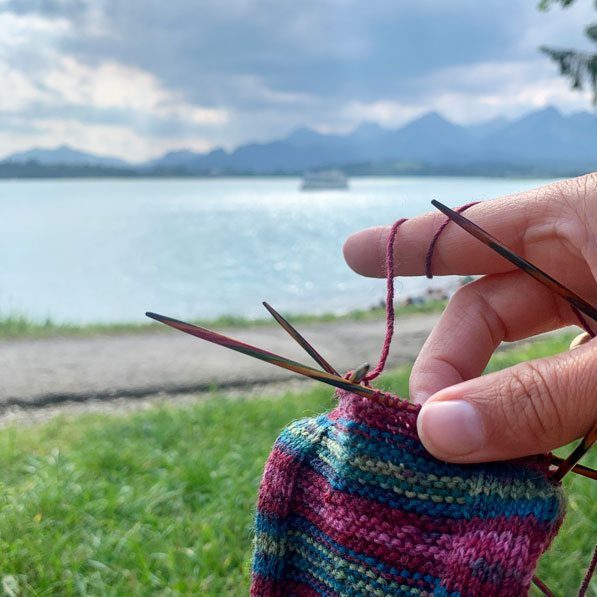
DAS PERFEKTE OUTDOOR KNITTING PROJEKT. DAS 2. PAAR DER BEQUEMEN RYE LIGHT SOCKEN IST NUN AUCH FERTIG – INKL. TUTORIAL
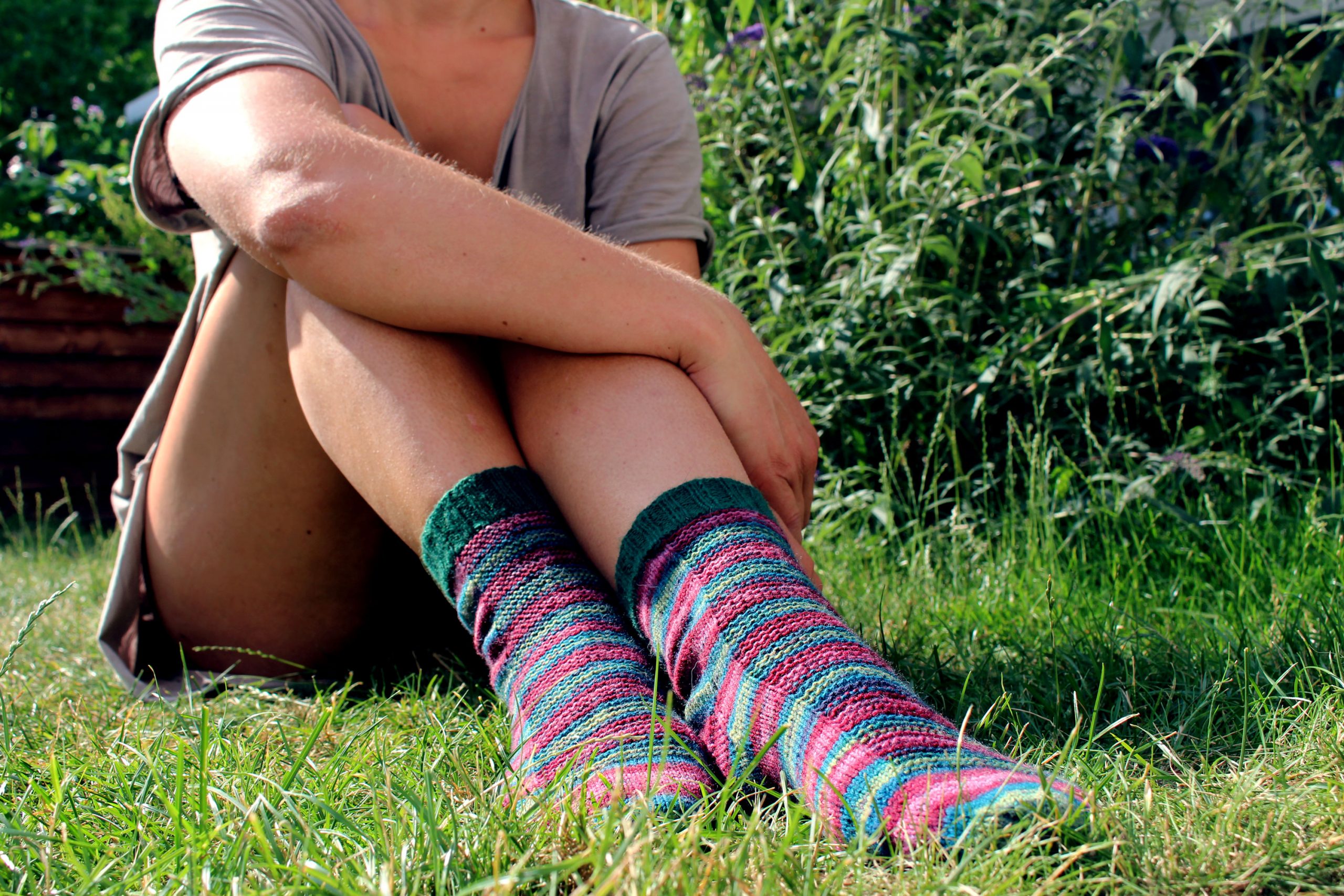
Woran erkennt man, dass ein Strick-Muster richtig cool ist? Ja genau, man muss es gleich zwei Mal hinereinander anschlagen. Und das Mitten im Hochsommer bei über 30°C. Aber nach dem Schwimmen oder nach einer eiskalten Dusche, ist es einfach immer schön, ein bequemes Paar Socken anzuziehen. Und meine gestreiften Rye Light Socken sind dafür einfach perfekt!
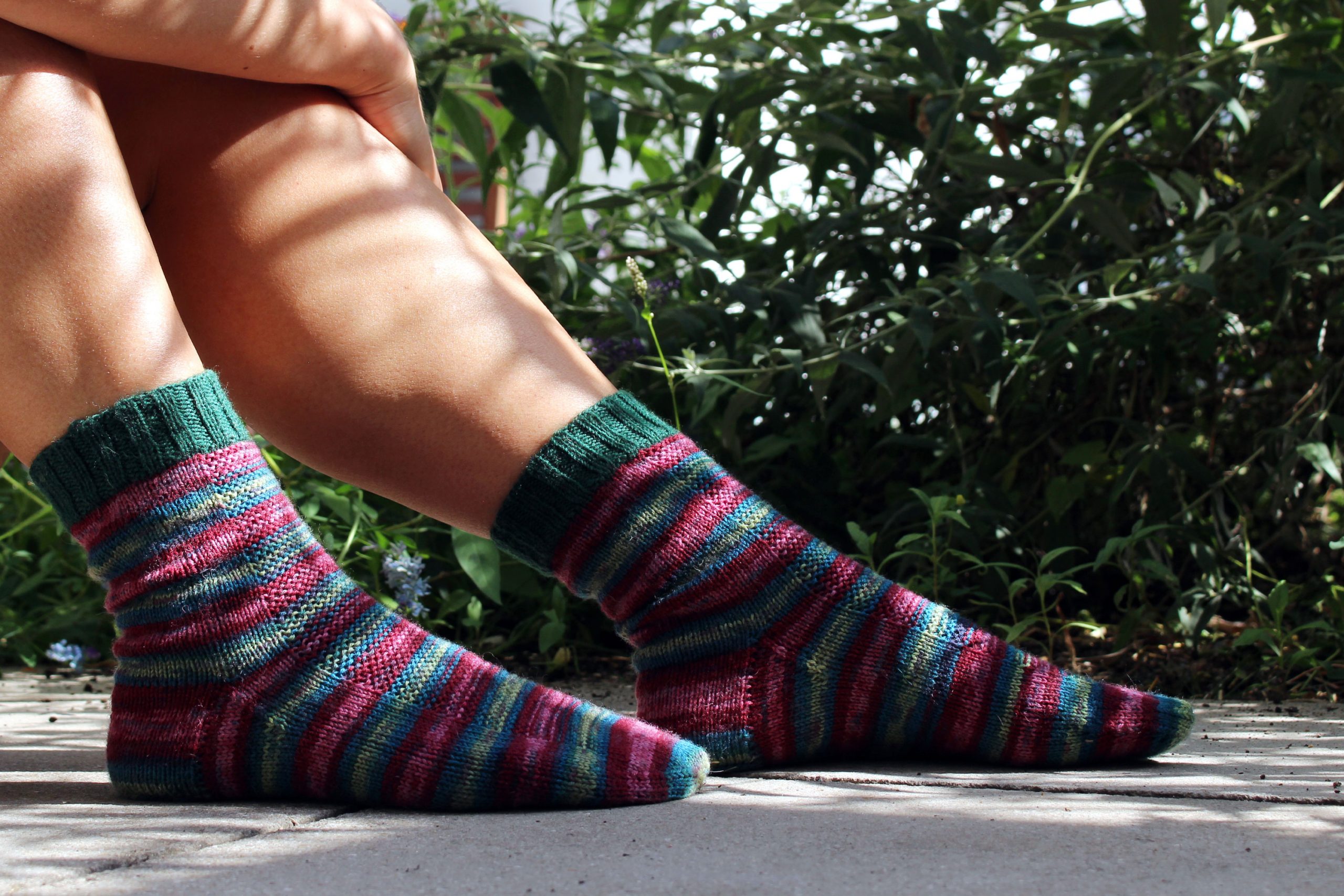
In einem meiner letzten Post habe ich euch bereits meine „Rye Light“ Socken aus der weißen Kaschmir-Wolle gezeigt. Ich konnte mich damals einfach nicht zurückhalten. Denn bereits als ich die erste „Rye Light“ Socke in Grün gestrickt hatte, wusste ich, dass ich eine weitere Variante mit diesem Muster haben musste. Und ich wollte nicht warten, bis ich euch das Tutorial in der grünen Variante aufgenommen hatte…
Aber nun ist auch die grüne Socken-Variante aus meinem Tutorial fertig. Und ich LIEBE sie! Diese Socken sind mittlerweile meine absoluten Lieblingssocken. Der Tragekomfort ist unglaublich toll und die Farben sind einfach perfekt für mich.
Wie bereits im letzten Post erwähnt, habe ich das kostenlose Original-Muster von Tin Can Knits online auf Ravelry gesehen und mich sofort darin verliebt. Ich habe das Muster an meine Grundsocke angepasst, allerdings erkenne ich nun an der fertigen Socke keinen Unterschied zum Original. Meine Anpassung hat also wunderbar funktioniert.
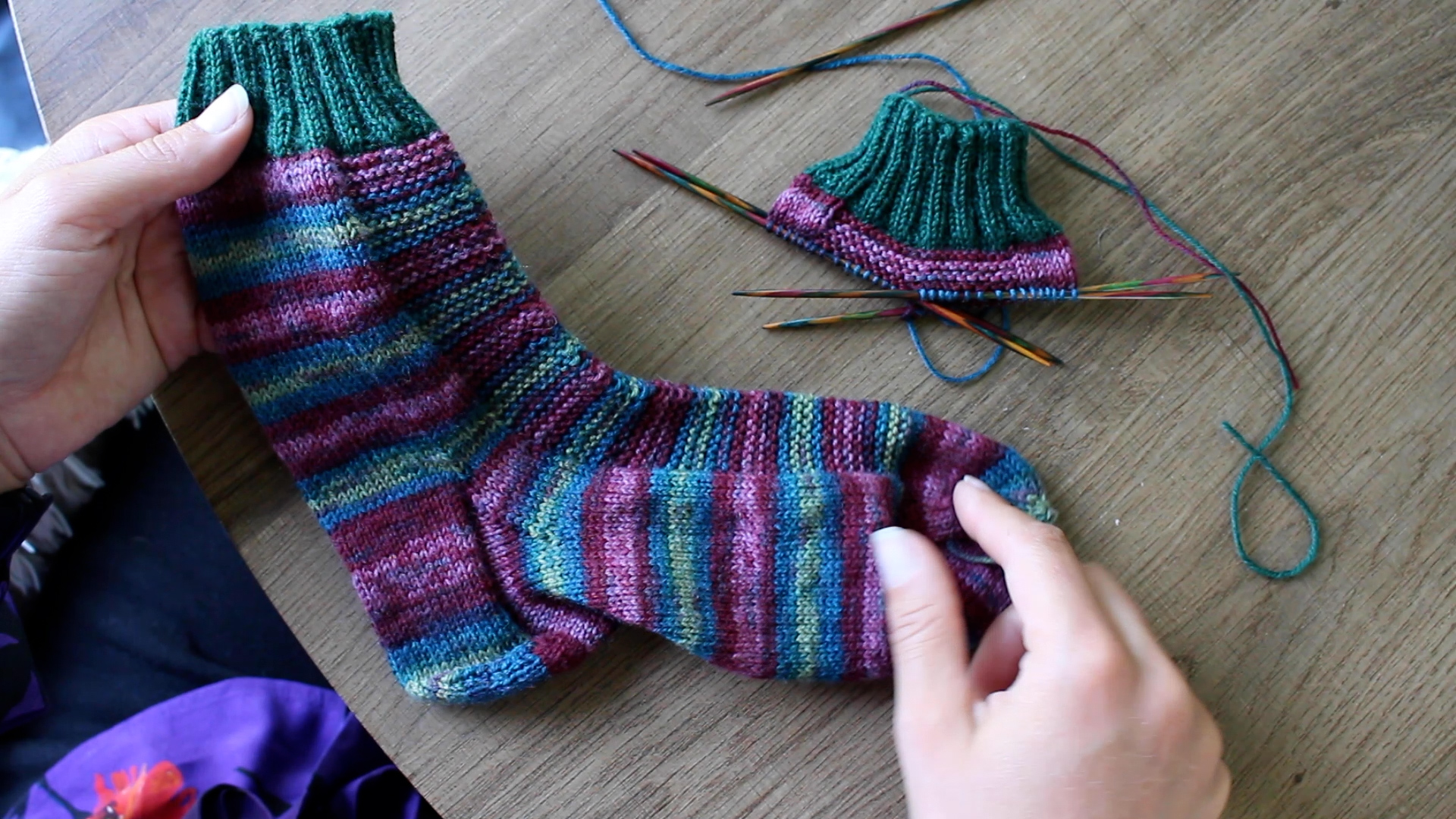
Wenn ihr also auch ein neues Paar Lieblingssocken benötigt oder sie gerne einer geliebten Person schenken möchtet, dann schaut doch mein letztes Socken-Tutorial auf YouTube an.
DIE SOCKE / DAS MUSTER:
Für Größe 40/41 64 Maschen auf einem Nadelspiel anschlagen = 16 Maschen pro Nadel
Bündchen auf gewünschte Länge stricken
1. Runde: Nadeln 1- 4 rechts stricken
2. Runde: Nadel 1 + 4 rechts stricken, Nadel 2: 6 Maschen rechts stricken, 10 Maschen links stricken, Nadel 3: 10 Maschen links stricken, 6 Maschen rechts stricken
3. Runde: Nadeln 1- 4 rechts stricken
Das oben genannte Muster durchgehend stricken, mit Ausnahme der Ferse und der Spitze.
Für meine Socken im Video verwende ich folgende Materialien (alle selbst bezahlt):
Nadelspiel: Symfonie von Knit Pro, Nadelstärke 2,5, Länge 15 cm
Grünes Garn: Meilenweit von Lana Grossa, Flaschengrün (1367)
Verlaufs-Garn: Art.-No.:9801269 von REGIA, Schneeanzug (07707)
DER ENTSTEHUNGSPROZESS

